Table of Contents
Introduction:
Opals are unlike any other gemstone on Earth. With their shimmering rainbow hues, ever-changing colors, and hypnotic patterns, opals have fascinated humans for centuries. But not all opals are created equal. While some are relatively common and affordable, others are incredibly rare, with price tags that rival diamonds, emeralds, and rubies.
In this deep dive, we’re exploring the crème de la crème—the rarest and most expensive opals in the world. From the mines of Australia to the volcanic lands of Ethiopia, these gems are not just precious stones—they’re nature’s own works of art.
What Makes an Opal Valuable?
Before we go on talking about the hottest divas of the opal universe, let’s first understand what really makes these divas HOT, aka, let’s talk about what really makes an opal valuable. There’s a lot of factors (just like in your mathematics textbooks) that determine the floor-touching prices :
1. Play-of-Color
This is the main reason people fall in love with opals. "Play-of-color" refers to the dazzling rainbow flashes that change as the stone moves. The more vibrant, rare, and broad the play-of-color, the more valuable the opal. If you’d like to read about this phenomena in detail, check out this article.

2. Body Tone
Body tone refers to the base color of an opal—essentially, the background on which its play-of-color is displayed. It ranges across a scale from black (N1) to white (N9), and it plays a critical role in how vividly we see the rainbow flashes.
Why it Matters:
Think of body tone as the stage lighting in a theater. A dark stage (black opal) makes the spotlight (color play) pop dramatically. A lighter stage (white or milky opal) can still be beautiful, but the colors may appear softer or more muted.

Visual Analogy:
Imagine painting neon colors:
- On black paper = vivid, glowing (like black opal)
- On white paper = pastel-like, pretty but less dramatic (like white opal)
3. Transparency: The Hidden Magic in Clarity
Transparency in opals refers to how much light passes through the stone, and it can dramatically influence the opal’s appearance and value. While many people focus purely on color, the clarity of an opal affects how that color behaves and how the gem interacts with light.

Opal Transparency Types (from most to least transparent):
| Type | Transparency | Look | Color Play | Value |
|---|---|---|---|---|
| Crystal Opals | Transparent to semi-transparent | Ethereal, glowing from within | Often extremely vivid because the light can move through the stone | Can be highly valuable depending on color and clarity |
| White/Light Opals | Usually opaque to semi-translucent | Creamy or milky base; softer, pastel-like color play | Softer, pastel-like play-of-color; not as sharp or intense as darker opals | Less expensive than black or crystal opals but still beautiful in fine jewelry |
| Black Opals | Typically opaque | Dark, dramatic backdrop; color seems to sit on the surface but glows intensely | Very strong play-of-color due to contrast with dark body tone | Extremely high due to rarity and high contrast |
| Boulder Opals | Usually opaque The stone is part opal, part host rock—no two are the same. |
Vibrant color patches naturally fused to ironstone (host rock) | Bold, surface-level color patches; often irregular but very striking | High when color play is strong and well-patterned |
| Fire Opals (especially Mexican Fire Opal) | Often transparent to translucent | Fiery body colors (red, orange, yellow); may or may not show play-of-color | May or may not show play-of-color; when present, can appear like flickers of fire inside the gem | Higher when play-of-color is present + high clarity |
Fun fact: A crystal opal can have a light, dark, or even colorless body tone, but what defines it is clarity.
Crystal opals are transparent to semi-transparent and can be incredibly valuable. Boulder opals, on the other hand, are naturally attached to ironstone and often have less transparency but stunning surface colors.

Why Transparency Matters
- Enhances Light Movement: In crystal opals, for example, light enters the stone, bounces within, and exits, creating that glowing-from-within effect.
- Amplifies Color: A clear opal can magnify and deepen color effects, especially if the play-of-color is broad and intense.
- Adds Dimension: Transparent opals often appear three-dimensional, as if the colors are floating inside the stone.
- Rarity Factor: Fine transparent or semi-transparent opals with vivid color play are less common, hence more valuable.

Watch Out: Hydrophane Opals
Many Ethiopian Welo opals are hydrophane, meaning they absorb water. While they may look transparent or glassy when dry, their appearance can change (temporarily or permanently) when exposed to moisture.
- Pro: Often more affordable with great color play
- Con: Sensitive to water, oil, and chemicals; require extra care
4. Pattern
The pattern in an opal refers to the specific arrangement and shape of its play-of-color—like the brushstrokes in a painting. These patterns aren’t random; they follow natural geometric and optical rules, making some significantly rarer and more desirable than others.
Some of the most coveted opal patterns include:
- Harlequin – Large, blocky color patches in a checkerboard layout (extremely rare and highly valuable)
- Pinfire – Tiny, pin-like dots of color scattered across the surface
- Rolling Flash – A wave of color that seems to move across the stone as it's turned
- Floral or Flagstone – Organic, mosaic-like patterns resembling flower petals or broken glass

Collectors often seek out opals with defined, well-balanced patterns, especially when paired with strong brightness and contrast.
5. Origin
An opal’s origin can greatly influence its value, durability, and even its appearance. Different regions produce unique opal types with distinct characteristics.
- Australia (Lightning Ridge, Coober Pedy, Andamooka): Produces over 90% of the world’s opals. Known for black opals, boulder opals, and white opals. Australian opals are considered the gold standard for stability and quality.
- Ethiopia (Welo and Shewa regions): Famous for its crystal and hydrophane opals, which are often bright but absorb water (changing appearance when wet). These are rising stars in the opal world.
- Mexico: Home of the vibrant Mexican fire opal, prized for its bold body colors and occasional color play.
- Honduras: Known for black matrix opals, where precious opal is scattered through a darker volcanic rock matrix.

Gemstone lovers often choose origin based on both visual style and practical concerns like durability, hydration sensitivity, and ethical sourcing.
The Most Expensive Opals Ever Found
Let’s dive into the real showstoppers—opals so valuable they’ve been displayed in museums or fetched millions at auctions.
1. The Virgin Rainbow — $1 Million+
The Virgin Rainbow is arguably the most famous opal in the world—and for good reason. This stunning gem displays neon colors so vivid, they almost look artificial. Reds, purples, blues, oranges—all in brilliant, sharp definition. Found in Coober Pedy, South Australia, this opal glows in the dark due to its high-quality internal structure.

- Size: 72 carats
- Color Play: Fluorescent spectrum
- Owner: South Australian Museum (on display)
- Estimated Value: Over $1 million
What makes it so special? It was actually formed inside a fossilized belemnite (an ancient squid-like creature), which gives it an extraordinary shape and story.
2. Olympic Australis — $2.5 Million
This opal is a beast. Weighing in at a staggering 17,000 carats (around 7.6 pounds), the Olympic Australis is the largest and most valuable opal ever discovered—at least by sheer size and weight.

- Origin: Coober Pedy, Australia
- Size: 11 inches long
- Color: Brilliant blue-green hues with visible play-of-color
- Purity: 98% gem-quality opal
The Olympic Australis hasn’t been cut or altered in any way. It’s a museum-worthy specimen that is more sculpture than jewelry.
3. The Flame Queen — $250,000+
Known for its unusual “eye” shape, the Flame Queen has a dome of red and gold that looks like it's on fire—hence the name.

- Discovered: 1914, Lightning Ridge, Australia
- Weight: 263.18 carats
- Significance: One of the first opals to gain international fame
- Current Value: Estimated at $250,000+, but may fetch more in today’s market
This opal helped elevate Australia’s status in the global gemstone market in the early 20th century.
4. Aurora Australis — $1 Million
Not to be confused with the Aurora Borealis, this gem was found in Lightning Ridge in 1938. The Aurora Australis is one of the most famous black opals and gets its name from the bright green, red, and blue “aurora-like” colors swirling across its surface.

- Weight: 180 carats
- Pattern: Harlequin (incredibly rare)
- Backed by: Natural ironstone
- Market Value: Estimated at $1 million
Its intense and broad color patches are what make it a collector’s dream.
5. The Fire of Australia — $900,000
Another heavyweight in the opal world, the Fire of Australia is one of the most intact, uncut opals ever unearthed.

- Weight: 5,000 carats (2.5 pounds)
- Color: Brilliant flashes of red, orange, and green
- Location: South Australia
- Owner: Donated to the South Australian Museum
Its value lies in the decision not to cut it. Keeping it whole preserves its natural wonder and story.
Other Rare and Valuable Opals You Should Know About
6. Halley's Comet Opal

- Weight: 1,982.5 carats
- Discovery: 1986 (year of Halley’s Comet return)
- Type: Black opal
- Claim to Fame: Largest uncut black opal nodule
- Current Home: Held privately
This stone doesn’t just have astronomical value—it’s literally named after a celestial event.
7. Galaxy Opal

- Origin: Ethiopia
- Weight: Over 3,500 carats
- Color: Rainbow pattern across a milky body
- Type: Crystal opal
- Special Note: Shaped like a galaxy swirl
This opal represents a shift in the gem world where Ethiopia is gaining recognition for producing opals that rival Australia's.
Investing in Opals: Worth It?
Absolutely—if you know what you’re doing.
Opals have historically been undervalued compared to diamonds or emeralds, but that’s changing. In the past two decades, fine opals have seen increased demand, especially among collectors and luxury designers.
Look for stones with:
- Strong play-of-color
- Rare patterns
- Solid provenance
- Unique stories (like fossil formations or historical finds)
You can read more in detail on this from the same article I shared earlier.
Final Thoughts: The Magic of Rare Opals
There's something enchanting about a stone that can show the full spectrum of color in a single glance. Opals are more than just gemstones—they’re living art, made over millions of years under rare geological conditions. Whether you’re a collector, jeweler, or just a fan of natural beauty, rare opals remind us that the Earth still holds wonders beyond imagination.
So the next time someone talks about diamonds being the most precious stone, you’ll know better. Sometimes, the most magical treasures are the ones that change color every time you move.
P.S - If you liked reading this article, please consider rating it below :)
Frequently Asked Questions (FAQ)
Q1 : How to know the difference between fake and real opal?
A real opal shows irregular, natural color play from within, while a fake opal often has a uniform, plastic-like shine or a repeated “snake-skin” pattern under light.
Q2 : Is opal a crystal?
No. Opal is amorphous, meaning it doesn't have a regular internal crystal structure like other gemstones such as quartz or emerald.
Q3 : How durable is opal?
Opal is relatively soft (Mohs 5.5–6.5) and has poor to fair toughness. It's best suited for earrings, pendants, or protected ring settings.
Q4. Can opals dry out or crack?
Yes. Because of their water content, opals can crack (craze) if exposed to extreme heat, dry conditions, or sudden temperature changes. Proper storage (away from heat or sunlight) helps prevent this.
Visited 374 No. of Time(s), 51 Visit(s) Today
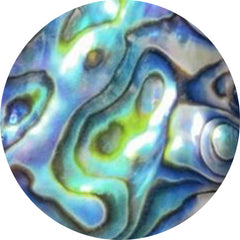 ABALONE SHELL (110)
ABALONE SHELL (110)
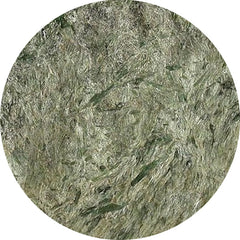 ACTINOLITE (4)
ACTINOLITE (4)
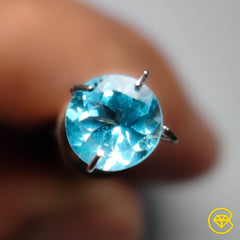 Affordable Gemstones (17553)
Affordable Gemstones (17553)
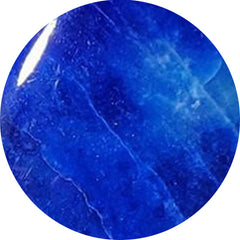 AFGHANITE (10)
AFGHANITE (10)
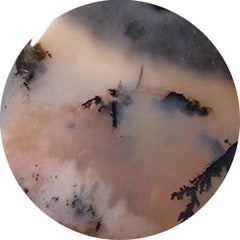 AGATE (2621)
AGATE (2621)
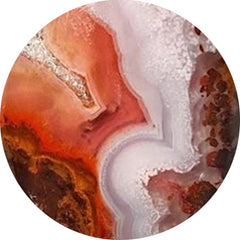 AGUA NUEVA (11)
AGUA NUEVA (11)
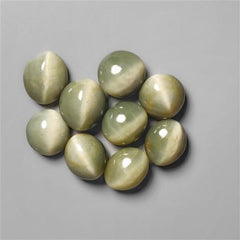 All Gemstones (4)
All Gemstones (4)
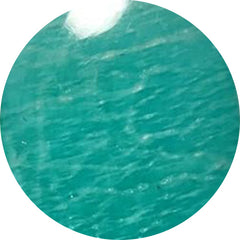 AMAZONITE (192)
AMAZONITE (192)
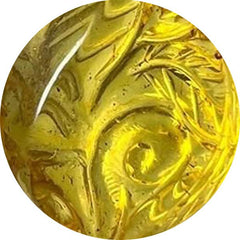 AMBER (136)
AMBER (136)
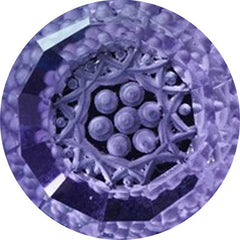 Amethyst (568)
Amethyst (568)
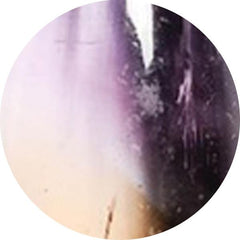 AMETRINE (0)
AMETRINE (0)
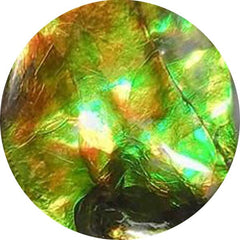 AMMOLITE (24)
AMMOLITE (24)
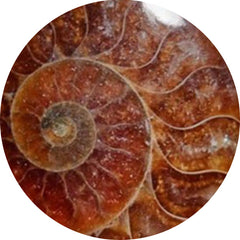 AMMONITE (84)
AMMONITE (84)
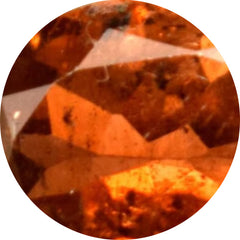 ANDALUSITE (1)
ANDALUSITE (1)
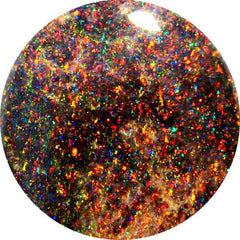 ANDAMOOKA OPAL (0)
ANDAMOOKA OPAL (0)
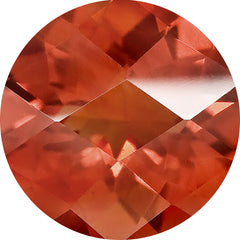 ANDESINE (1)
ANDESINE (1)
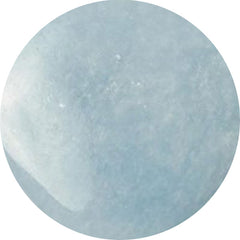 ANGELITE (32)
ANGELITE (32)
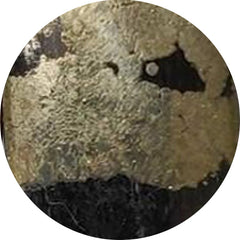 APACHE GOLD (24)
APACHE GOLD (24)
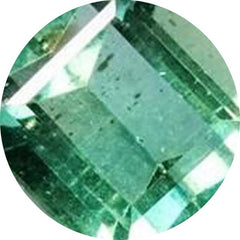 APATITE (127)
APATITE (127)
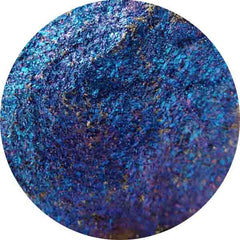 APOPHYLLITE (1)
APOPHYLLITE (1)
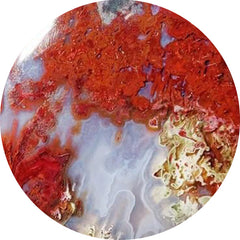 APPLE VALLEY AGATE (0)
APPLE VALLEY AGATE (0)
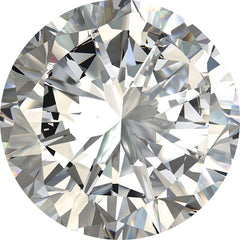 APRIL BIRTHSTONE (42)
APRIL BIRTHSTONE (42)
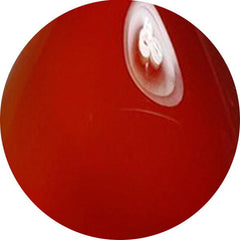 AQEEQ (0)
AQEEQ (0)
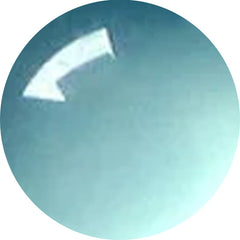 AQUA CHALCEDONY (24)
AQUA CHALCEDONY (24)
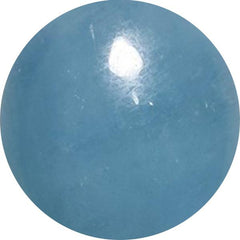 AQUAMARINE (105)
AQUAMARINE (105)
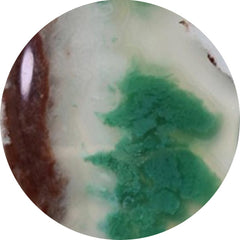 AQUAPRASE (63)
AQUAPRASE (63)
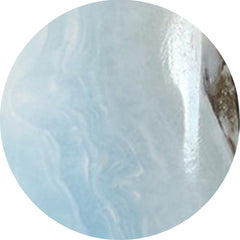 ARAGONITE (2)
ARAGONITE (2)
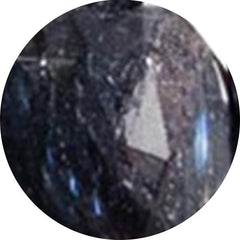 ARFVEDSONITE (12)
ARFVEDSONITE (12)
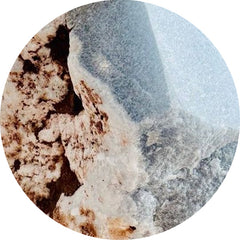 ARISTOLITE (0)
ARISTOLITE (0)
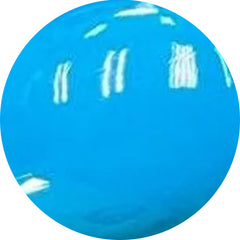 ARIZONA TURQUOISE (0)
ARIZONA TURQUOISE (0)
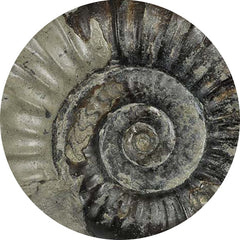 ARNIOCERAS SEMICOSTATUM FOSSIL (0)
ARNIOCERAS SEMICOSTATUM FOSSIL (0)
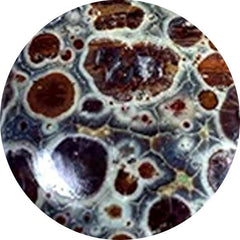 ASTEROID JASPER (11)
ASTEROID JASPER (11)
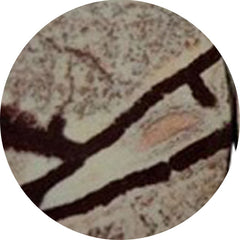 ASTROPHYLLITE (57)
ASTROPHYLLITE (57)
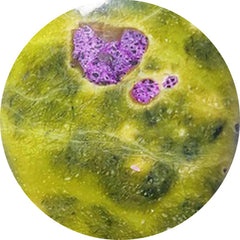 ATLANTASITE (92)
ATLANTASITE (92)
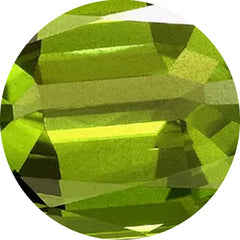 AUGUST BIRTHSTONE (24)
AUGUST BIRTHSTONE (24)
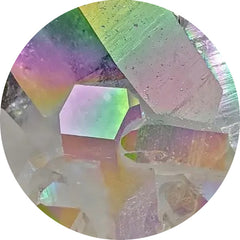 AURA QUARTZ (0)
AURA QUARTZ (0)
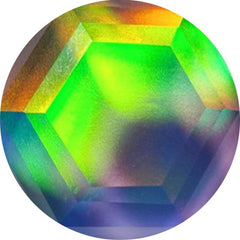 AURORA OPAL (276)
AURORA OPAL (276)
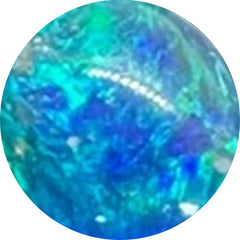 AUSTRALIAN OPAL (7)
AUSTRALIAN OPAL (7)
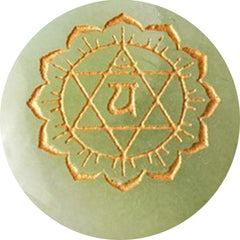 AVENTURINE (71)
AVENTURINE (71)
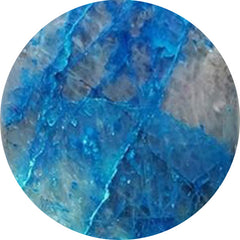 AZURITE (290)
AZURITE (290)
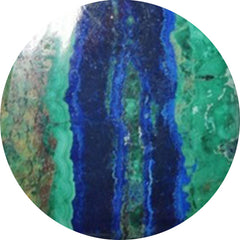 AZURITE MALACHITE (30)
AZURITE MALACHITE (30)
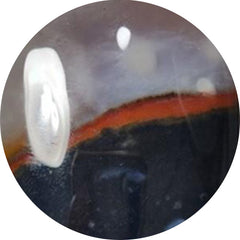 BANDED AGATE (85)
BANDED AGATE (85)
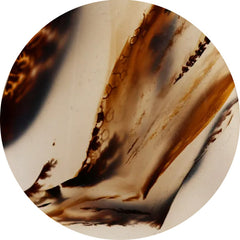 BARBER AGATE (0)
BARBER AGATE (0)
 BARITE (13)
BARITE (13)
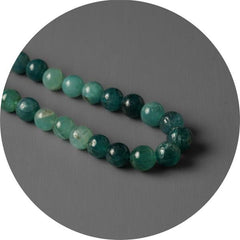 Beads (56)
Beads (56)
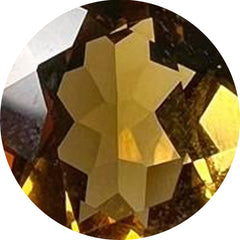 BEER QUARTZ (24)
BEER QUARTZ (24)
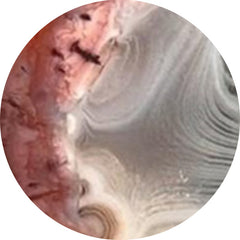 BERBER AGATE (5)
BERBER AGATE (5)
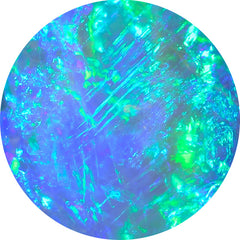 Best Seller (0)
Best Seller (0)
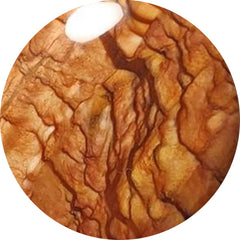 BIGGS JASPER (34)
BIGGS JASPER (34)
 Bird Carving (91)
Bird Carving (91)
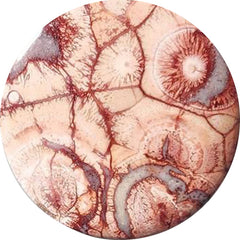 BIRD EYE JASPER (50)
BIRD EYE JASPER (50)
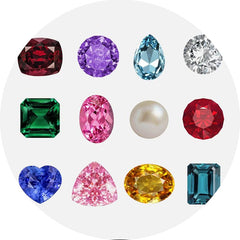 Birthstones (0)
Birthstones (0)
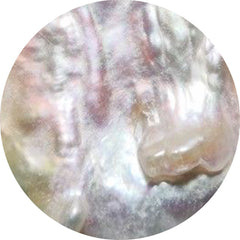 BIWA PEARL (37)
BIWA PEARL (37)
 Black Gemstones (966)
Black Gemstones (966)
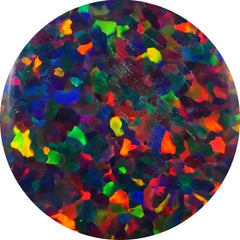 BLACK OPAL (35)
BLACK OPAL (35)
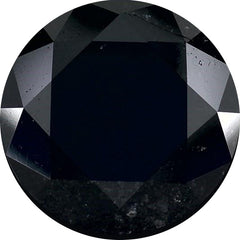 BLACK SPINEL (23)
BLACK SPINEL (23)
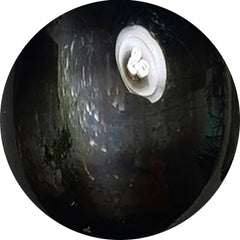 BLACK STAR (32)
BLACK STAR (32)
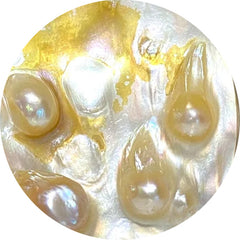 BLISTER PEARL (32)
BLISTER PEARL (32)
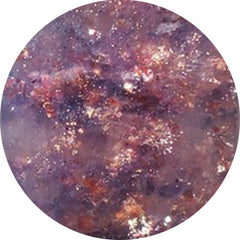 BLOODSHOT IOLITE (77)
BLOODSHOT IOLITE (77)
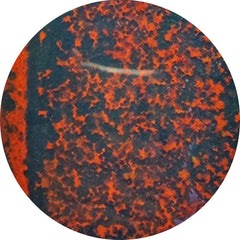 BLOODSTONE (71)
BLOODSTONE (71)
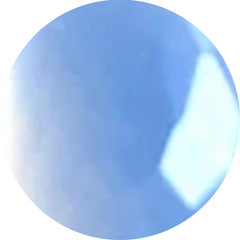 BLUE CHALCEDONY (44)
BLUE CHALCEDONY (44)
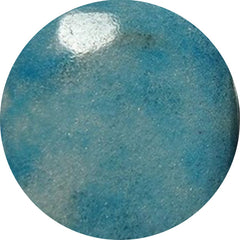 BLUE DIOPSIDE (0)
BLUE DIOPSIDE (0)
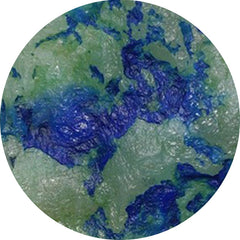 BLUE HORIZON (15)
BLUE HORIZON (15)
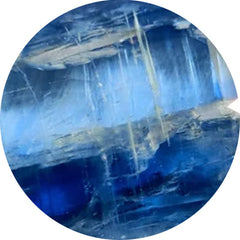 BLUE KYANITE (42)
BLUE KYANITE (42)
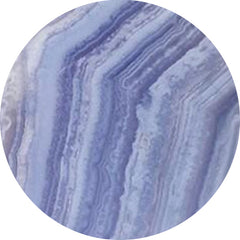 BLUE LACE AGATE (266)
BLUE LACE AGATE (266)
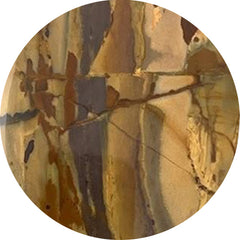 BLUE MOUNTAIN JASPER (0)
BLUE MOUNTAIN JASPER (0)
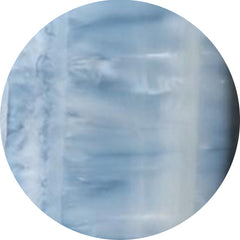 BLUE OPAL (171)
BLUE OPAL (171)
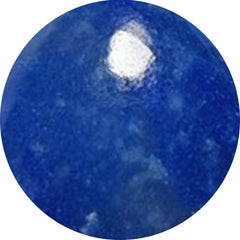 BLUE QUARTZ (40)
BLUE QUARTZ (40)
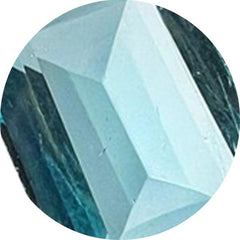 BLUE TOPAZ (65)
BLUE TOPAZ (65)
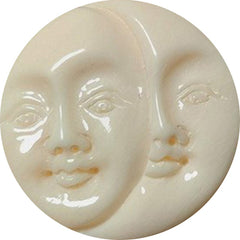 BONE (25)
BONE (25)
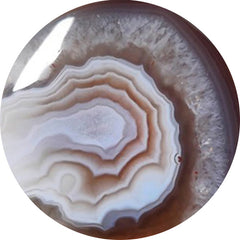 BOTSWANA AGATE (251)
BOTSWANA AGATE (251)
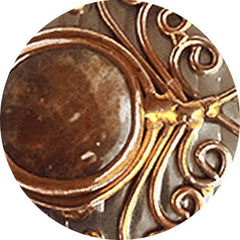 BRONZE (0)
BRONZE (0)
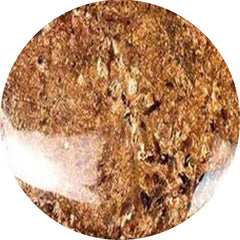 BRONZITE (2)
BRONZITE (2)
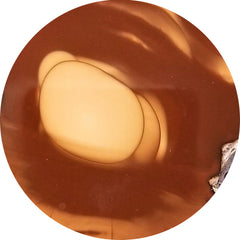 BRUNEAU JASPER (15)
BRUNEAU JASPER (15)
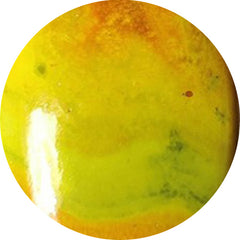 BUMBLE BEE JASPER (211)
BUMBLE BEE JASPER (211)
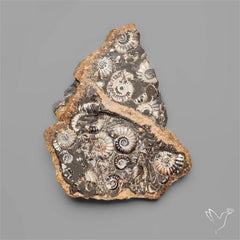 Buy Gemstones In USA (591)
Buy Gemstones In USA (591)
 Cabochon (0)
Cabochon (0)
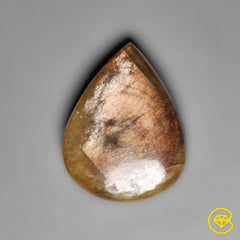 Cabochons (13226)
Cabochons (13226)
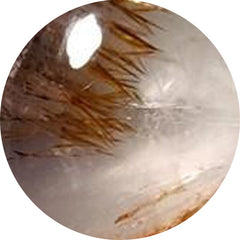 CACOXENITE (68)
CACOXENITE (68)
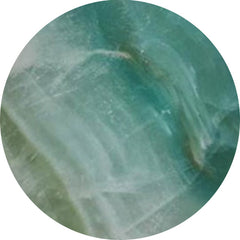 CALCITE (190)
CALCITE (190)
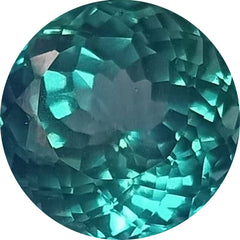 Calibrated (153)
Calibrated (153)
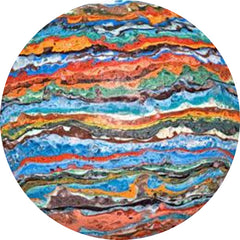 CALSILICA (0)
CALSILICA (0)
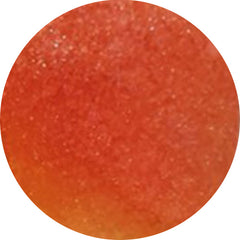 CANDY CORN (6)
CANDY CORN (6)
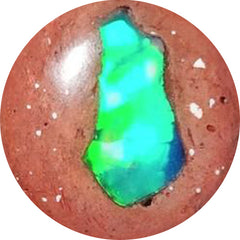 CANTERA OPAL (18)
CANTERA OPAL (18)
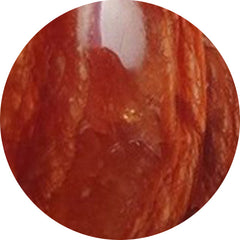 CARAMEL OPAL (3)
CARAMEL OPAL (3)
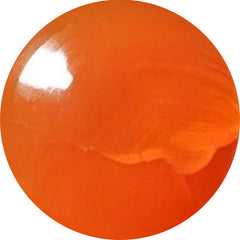 CARNELIAN AGATE (64)
CARNELIAN AGATE (64)
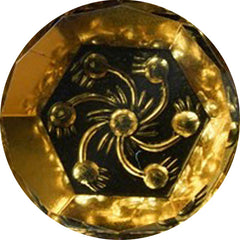 CARVING (1847)
CARVING (1847)
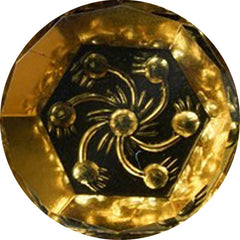 Carvings (2093)
Carvings (2093)
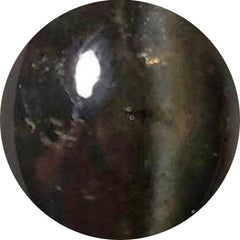 CATS EYE (65)
CATS EYE (65)
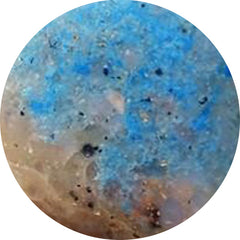 CAVANSITE (16)
CAVANSITE (16)
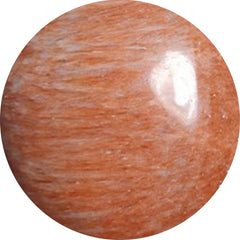 CELESTOBARITE (7)
CELESTOBARITE (7)
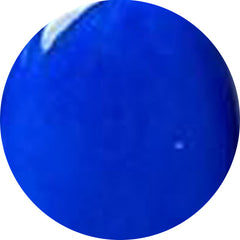 CERULEITE (0)
CERULEITE (0)
 CHAKRA STONE (1)
CHAKRA STONE (1)
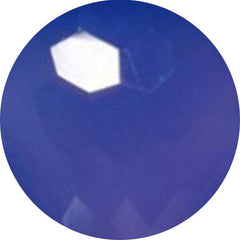 CHALCEDONY (482)
CHALCEDONY (482)
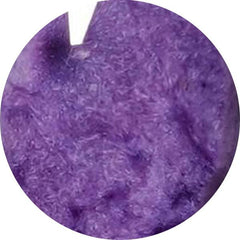 CHAROITE (190)
CHAROITE (190)
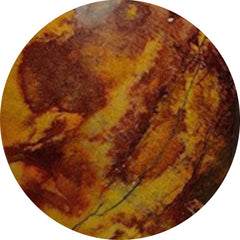 CHERRY CREEK JASPER (10)
CHERRY CREEK JASPER (10)
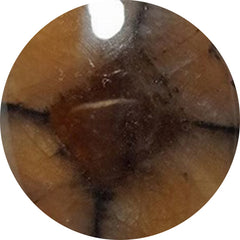 CHIASTOLITE (19)
CHIASTOLITE (19)
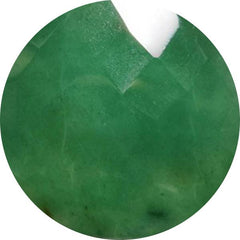 CHROME CHALCEDONY (82)
CHROME CHALCEDONY (82)
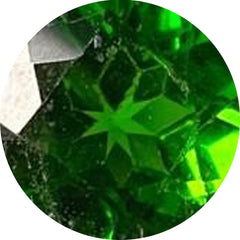 CHROME DIOPSIDE (23)
CHROME DIOPSIDE (23)
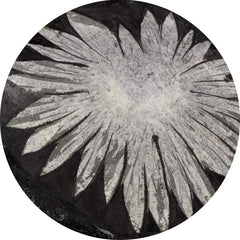 CHRYSANTHEMUM FOSSIL (0)
CHRYSANTHEMUM FOSSIL (0)
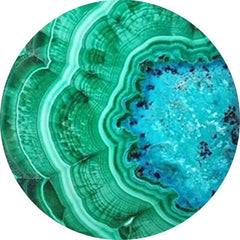 CHRYSOCOLLA (384)
CHRYSOCOLLA (384)
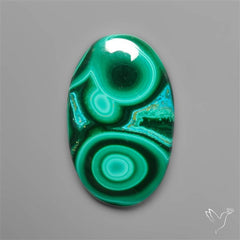 Chrysocolla Malachite (78)
Chrysocolla Malachite (78)
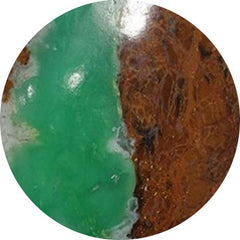 CHRYSOPRASE (286)
CHRYSOPRASE (286)
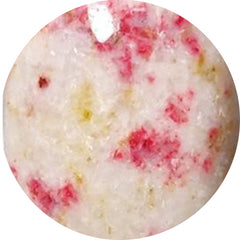 CINNABAR (20)
CINNABAR (20)
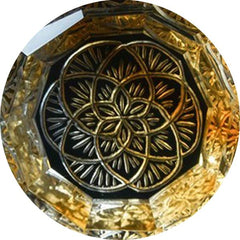 CITRINE (95)
CITRINE (95)
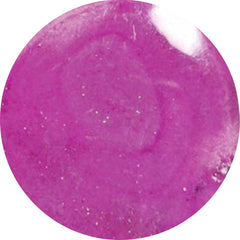 COBALTO CALCITE (67)
COBALTO CALCITE (67)
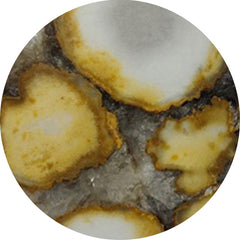 COBRA JASPER (30)
COBRA JASPER (30)
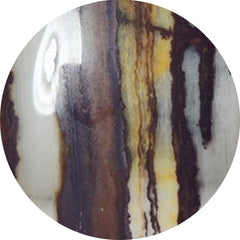 COCONUT JASPER (2)
COCONUT JASPER (2)
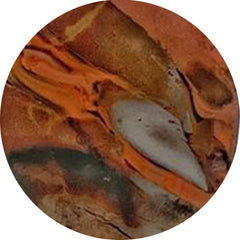 COFFEE BEAN JASPER (2)
COFFEE BEAN JASPER (2)
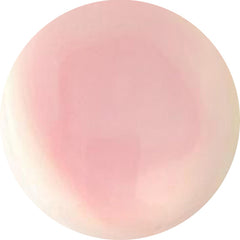 CONCH SHELL (9)
CONCH SHELL (9)
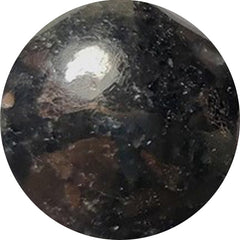 COPPERNITE (0)
COPPERNITE (0)
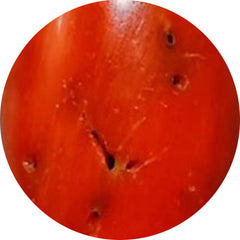 CORAL (352)
CORAL (352)
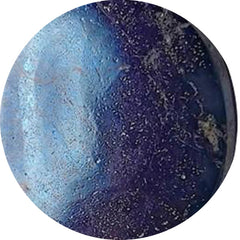 COVELLITE (8)
COVELLITE (8)
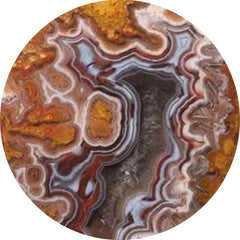 CRAZY LACE AGATE (193)
CRAZY LACE AGATE (193)
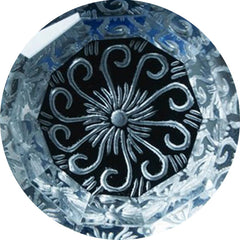 CRYSTAL (223)
CRYSTAL (223)
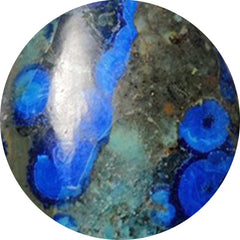 CUPRITE (34)
CUPRITE (34)
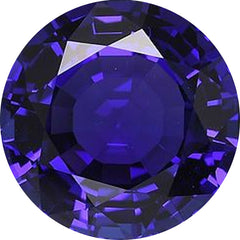 DECEMBER BIRTHSTONE (65)
DECEMBER BIRTHSTONE (65)
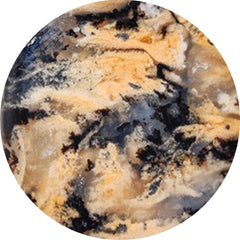 DENDRITIC AGATE (489)
DENDRITIC AGATE (489)
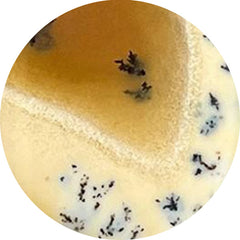 DENDRITIC OPAL (84)
DENDRITIC OPAL (84)
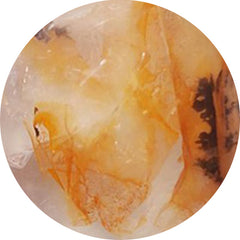 DENDRITIC QUARTZ (2)
DENDRITIC QUARTZ (2)
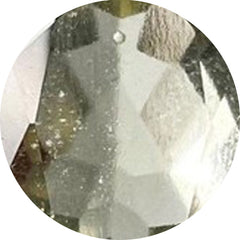 DESERT GLASS (9)
DESERT GLASS (9)
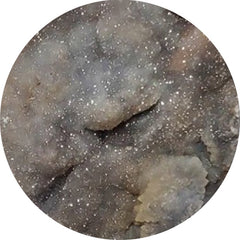 DESERT JASPER DRUZY (14)
DESERT JASPER DRUZY (14)
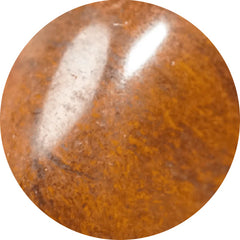 DESERT SUNSET JASPER (9)
DESERT SUNSET JASPER (9)
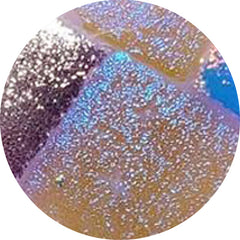 DICHROIC GLASS (145)
DICHROIC GLASS (145)
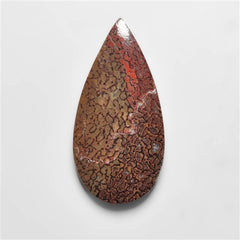 DINOSAUR BONE FOSSIL (16)
DINOSAUR BONE FOSSIL (16)
 DIOPSIDE (57)
DIOPSIDE (57)
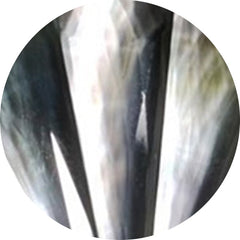 Doublets (847)
Doublets (847)
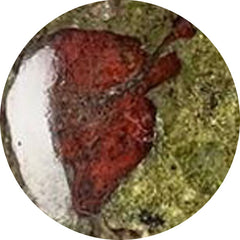 DRAGONBLOOD JASPER (1)
DRAGONBLOOD JASPER (1)
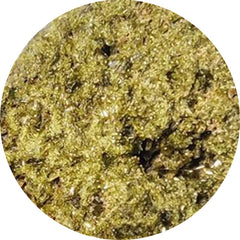 DRUZY (413)
DRUZY (413)
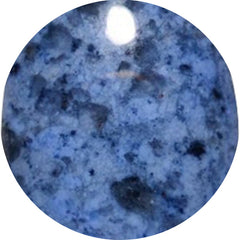 DUMORTIERITE (63)
DUMORTIERITE (63)
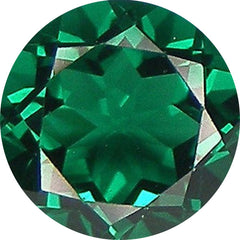 EMERALD (67)
EMERALD (67)
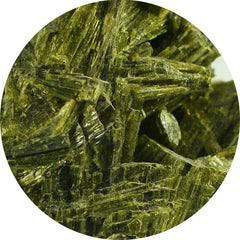 EPIDOTE (10)
EPIDOTE (10)
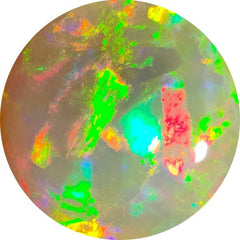 ETHIOPIAN OPAL (44)
ETHIOPIAN OPAL (44)
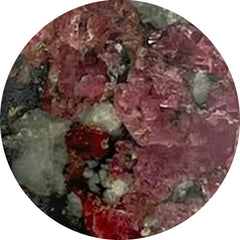 EUDIALYTE (18)
EUDIALYTE (18)
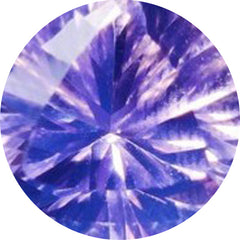 FACETED ROSE CUT (2038)
FACETED ROSE CUT (2038)
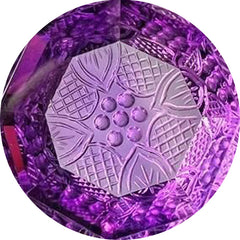 FANTASY CUTS (54)
FANTASY CUTS (54)
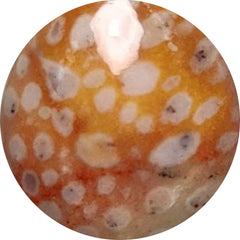 FAWN JASPER (14)
FAWN JASPER (14)
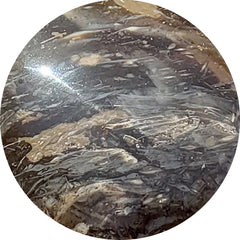 FEATHER AGATE (0)
FEATHER AGATE (0)
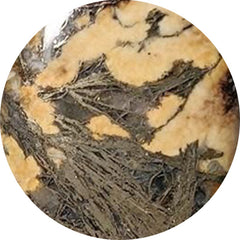 FEATHER PYRITE (38)
FEATHER PYRITE (38)
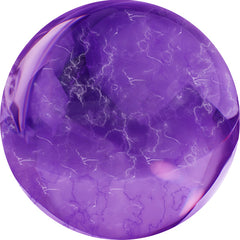 FEBRUARY BIRTHSTONE (568)
FEBRUARY BIRTHSTONE (568)
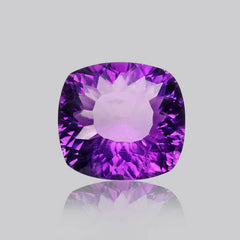 Fine Amethyst (27)
Fine Amethyst (27)
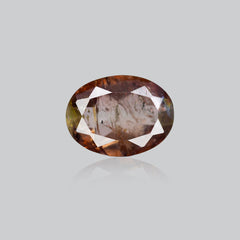 Fine Andalusite (1)
Fine Andalusite (1)
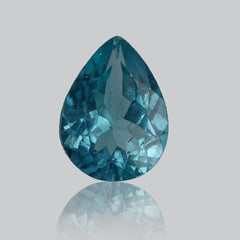 Fine Apatite (7)
Fine Apatite (7)
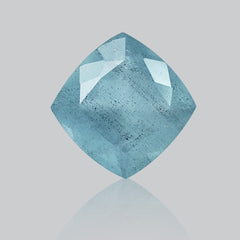 Fine Aquamarine (10)
Fine Aquamarine (10)
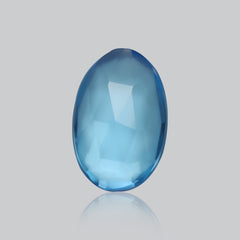 Fine Blue Topaz (42)
Fine Blue Topaz (42)
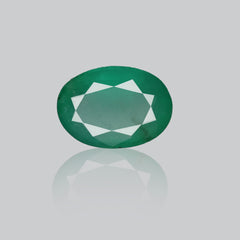 Fine Emerald (13)
Fine Emerald (13)
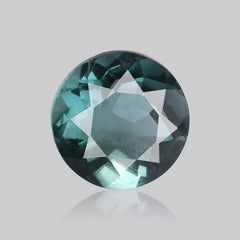 Fine Fluorite (12)
Fine Fluorite (12)
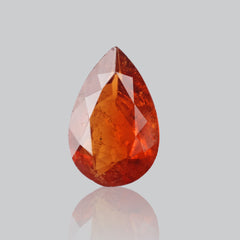 Fine Garnet (27)
Fine Garnet (27)
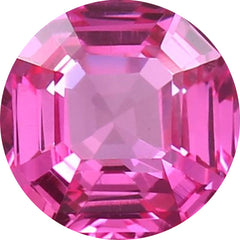 Fine Gemstone (0)
Fine Gemstone (0)
 Fine Iolite (10)
Fine Iolite (10)
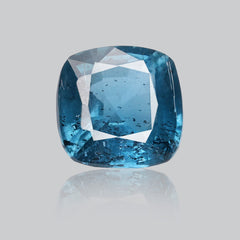 Fine Kyanite (30)
Fine Kyanite (30)
 Fine Moonstone (12)
Fine Moonstone (12)
 Fine Peridot (21)
Fine Peridot (21)
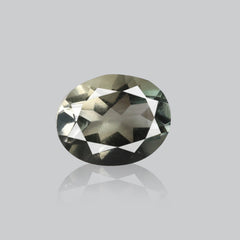 Fine Prasiolite (27)
Fine Prasiolite (27)
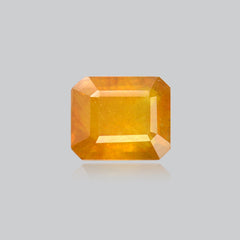 Fine Sapphire (1)
Fine Sapphire (1)
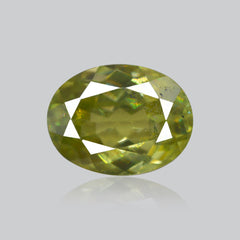 Fine Sphene (17)
Fine Sphene (17)
 Fine Sunstone (5)
Fine Sunstone (5)
 Fine Tanzanite (27)
Fine Tanzanite (27)
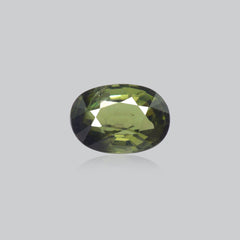 Fine Tourmaline (4)
Fine Tourmaline (4)
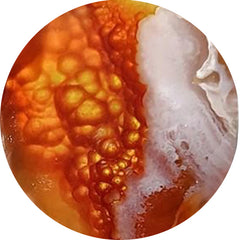 FIRE AGATE (7)
FIRE AGATE (7)
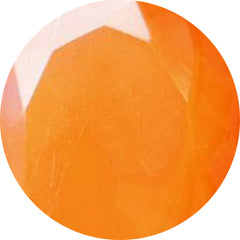 FIRE OPALS (8)
FIRE OPALS (8)
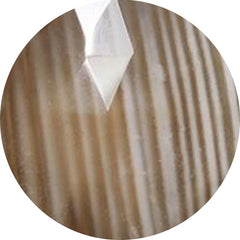 FLINT STONE (10)
FLINT STONE (10)
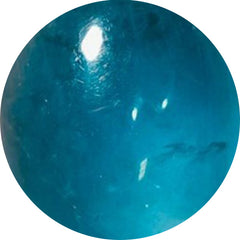 FLUORITE (186)
FLUORITE (186)
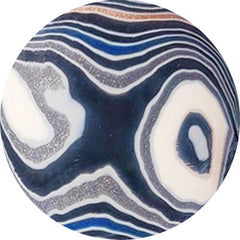 FORDITE (58)
FORDITE (58)
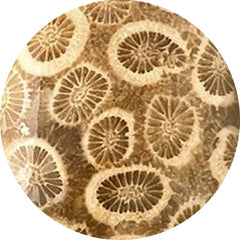 FOSSIL CORAL (304)
FOSSIL CORAL (304)
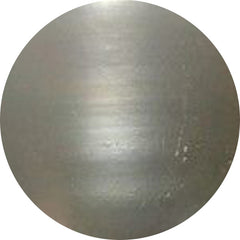 FOSSIL MARSTON MARBLE (24)
FOSSIL MARSTON MARBLE (24)
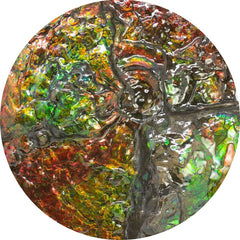 Fossils (542)
Fossils (542)
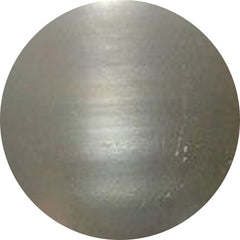 FRESHWATER PEARL (26)
FRESHWATER PEARL (26)
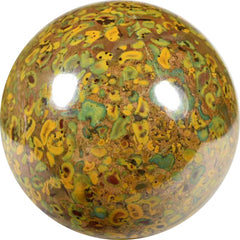 FRUIT JASPER (14)
FRUIT JASPER (14)
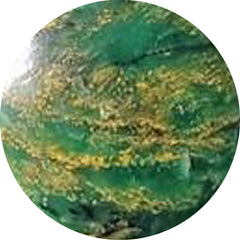 FUCHSITE (7)
FUCHSITE (7)
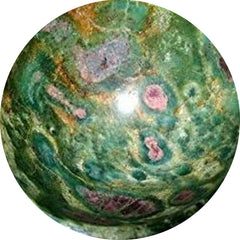 FUSCHITE (11)
FUSCHITE (11)
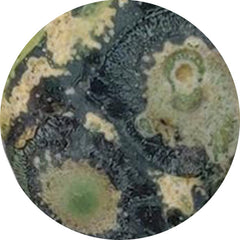 GALAXY JASPER (3)
GALAXY JASPER (3)
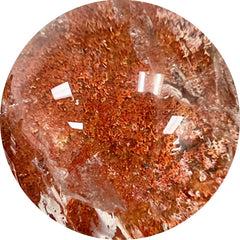 GARDEN QUARTZ (6)
GARDEN QUARTZ (6)
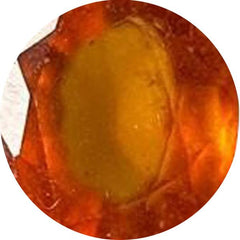 GARNET (121)
GARNET (121)
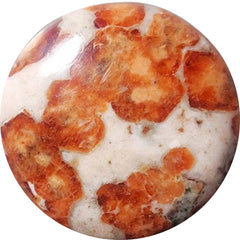 GARNET IN LIMESTONE (36)
GARNET IN LIMESTONE (36)
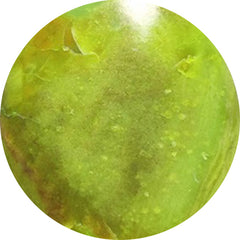 GASPEITE (22)
GASPEITE (22)
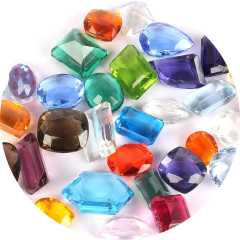 GEMSTONE LOTS (461)
GEMSTONE LOTS (461)
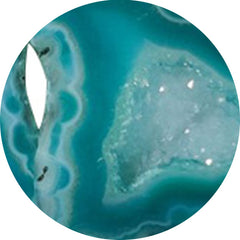 GEODE (17)
GEODE (17)
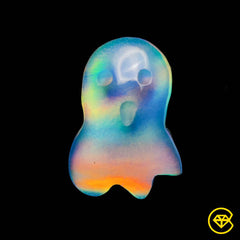 Ghost carving (66)
Ghost carving (66)
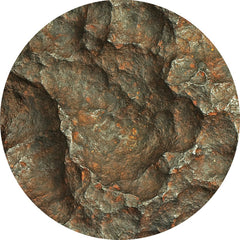 GIBEON METEORITE (32)
GIBEON METEORITE (32)
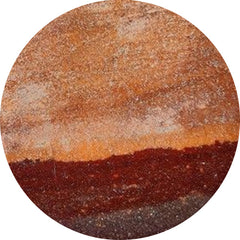 GILA MONSTER AGATE (16)
GILA MONSTER AGATE (16)
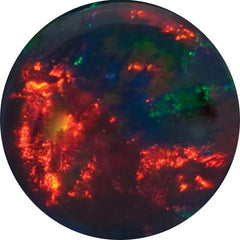 GILSON OPAL (23)
GILSON OPAL (23)
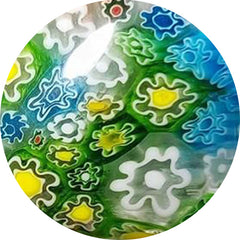 GLASS (164)
GLASS (164)
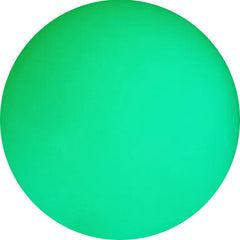 GLOW STONE (15)
GLOW STONE (15)
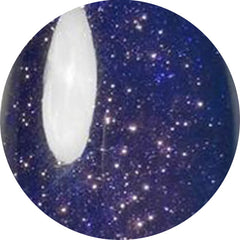 GOLDSTONE (36)
GOLDSTONE (36)
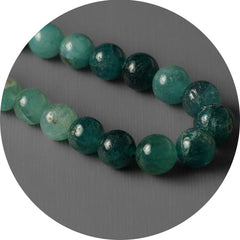 GRANDIDIERITE (8)
GRANDIDIERITE (8)
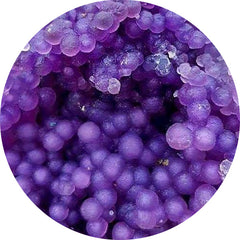 GRAPE AGATE (114)
GRAPE AGATE (114)
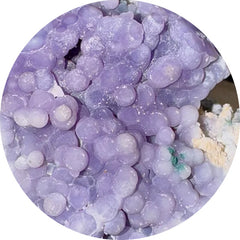 GRAPE CHALCEDONY (4)
GRAPE CHALCEDONY (4)
 Green Gemstones (424)
Green Gemstones (424)
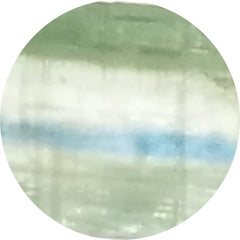 GREEN KYANITE (12)
GREEN KYANITE (12)
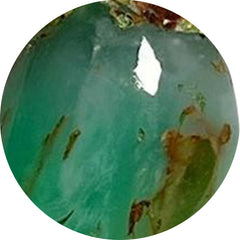 GREEN PRASE OPAL (12)
GREEN PRASE OPAL (12)
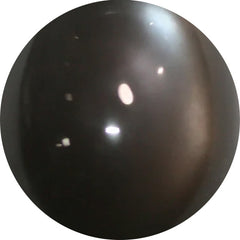 GREY MOONSTONE (31)
GREY MOONSTONE (31)
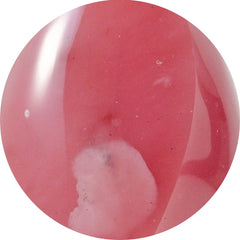 GUAVA QUARTZ (9)
GUAVA QUARTZ (9)
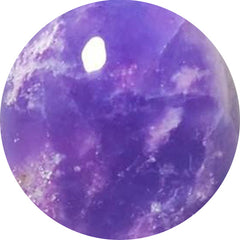 HACKMANITE (12)
HACKMANITE (12)
 HEART CARVING (351)
HEART CARVING (351)
 Heart Shape Gemstones (5)
Heart Shape Gemstones (5)
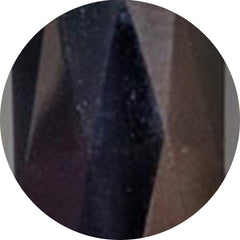 HEMATITE (37)
HEMATITE (37)
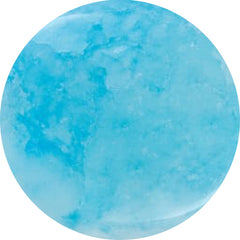 HEMIMORPHITE (55)
HEMIMORPHITE (55)
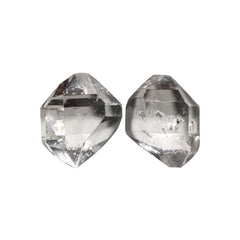 Herkimer Diamond (42)
Herkimer Diamond (42)
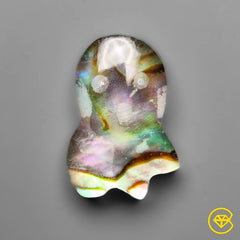 Himalayan Quartz (464)
Himalayan Quartz (464)
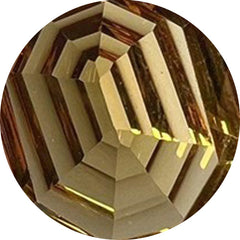 HONEY QUARTZ (20)
HONEY QUARTZ (20)
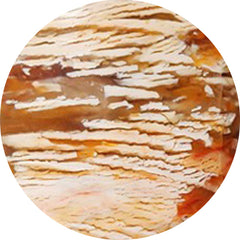 HOWARDITE OPAL (29)
HOWARDITE OPAL (29)
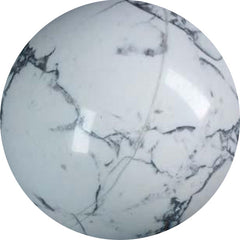 HOWLITE (4)
HOWLITE (4)
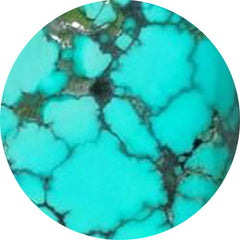 HUBEI TURQUOISE (64)
HUBEI TURQUOISE (64)
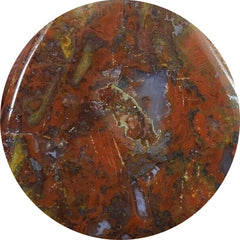 HUNGARIAN AGATE (1)
HUNGARIAN AGATE (1)
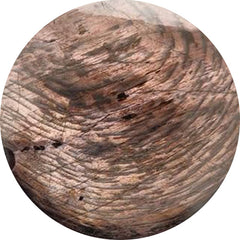 HYPERSTHENE (46)
HYPERSTHENE (46)
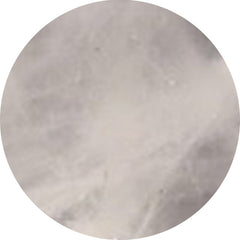 ICE QUARTZ (0)
ICE QUARTZ (0)
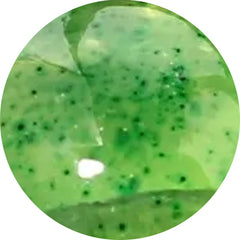 IDOCRASE (1)
IDOCRASE (1)
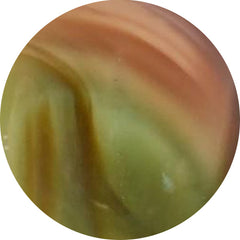 IMPERIAL JASPER (82)
IMPERIAL JASPER (82)
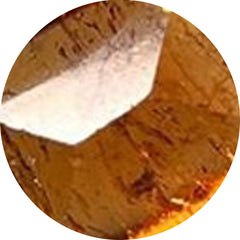 IMPERIAL TOPAZ (0)
IMPERIAL TOPAZ (0)
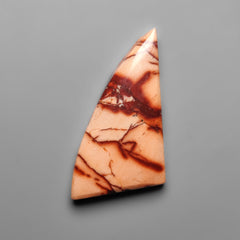 INDIAN PAINT STONE (5)
INDIAN PAINT STONE (5)
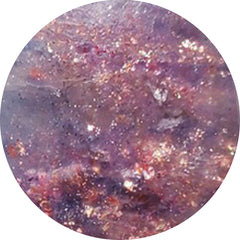 IOLITE (143)
IOLITE (143)
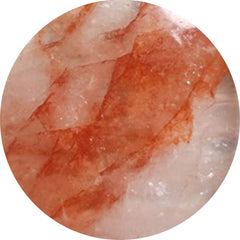 IRON QUARTZ (52)
IRON QUARTZ (52)
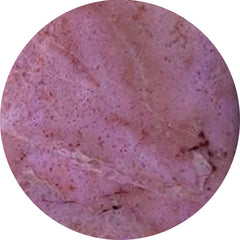 JADE (37)
JADE (37)
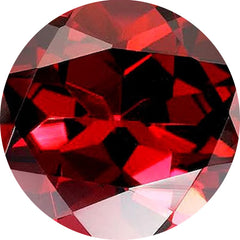 JANUARY BIRTHSTONE (121)
JANUARY BIRTHSTONE (121)
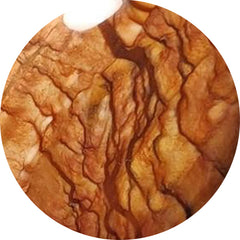 JASPERS (42)
JASPERS (42)
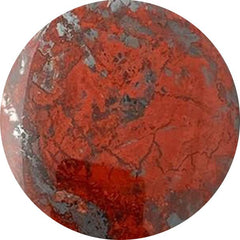 JASPILLITE (5)
JASPILLITE (5)
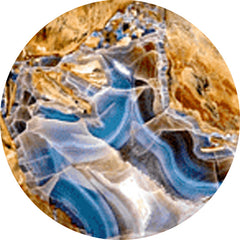 JAVA CHALCEDONY (16)
JAVA CHALCEDONY (16)
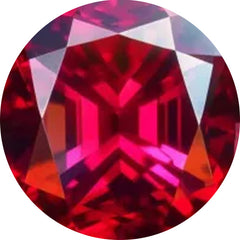 JULY BIRTHSTONE (188)
JULY BIRTHSTONE (188)
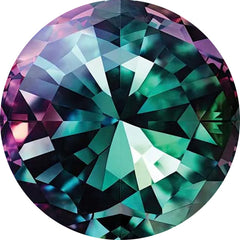 June Birthstones: Moonstone, Pearl, and Alexandrite (643)
June Birthstones: Moonstone, Pearl, and Alexandrite (643)
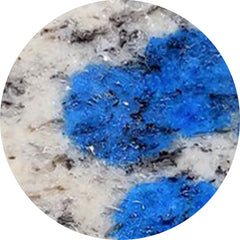 K2 JASPER (9)
K2 JASPER (9)
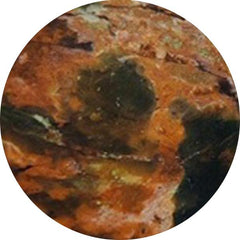 KALEIDOSCOPE AGATE (0)
KALEIDOSCOPE AGATE (0)
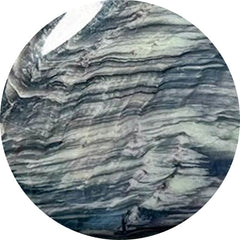 KAMMERERITE (108)
KAMMERERITE (108)
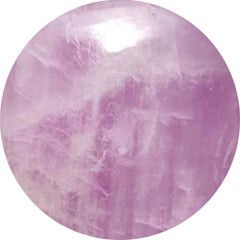 KUNZITE (7)
KUNZITE (7)
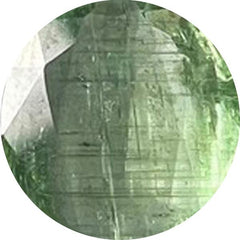 KYANITE (101)
KYANITE (101)
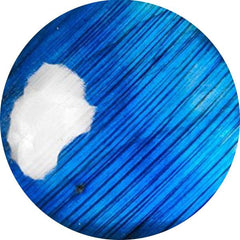 LABRADORITE (276)
LABRADORITE (276)
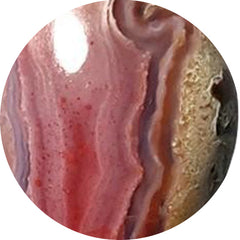 LAGUNA LACE AGATE (61)
LAGUNA LACE AGATE (61)
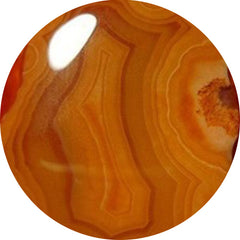 LAKE SUPERIOR AGATE (28)
LAKE SUPERIOR AGATE (28)
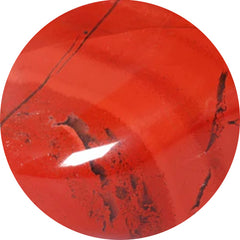 LANDSCAPE JASPER (0)
LANDSCAPE JASPER (0)
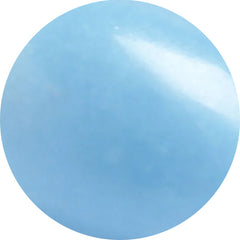 LANGITE (0)
LANGITE (0)
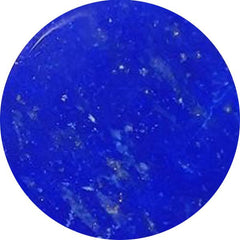 LAPIS LAZULI (180)
LAPIS LAZULI (180)
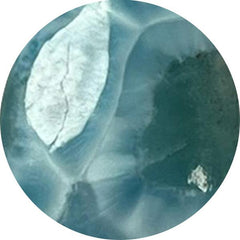 LARIMAR (105)
LARIMAR (105)
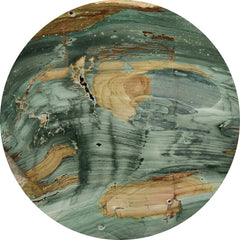 LARSONITE (19)
LARSONITE (19)
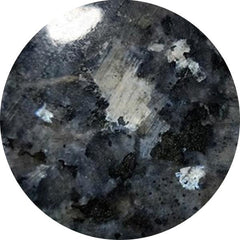 LARVIKITE FELDSPAR (46)
LARVIKITE FELDSPAR (46)
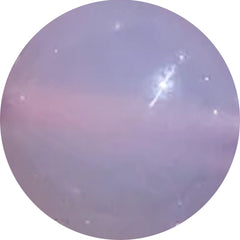 LAVENDER CHALCEDONY (30)
LAVENDER CHALCEDONY (30)
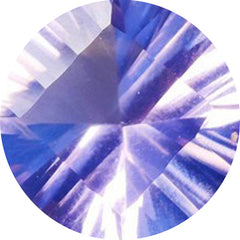 LAVENDER QUARTZ (5)
LAVENDER QUARTZ (5)
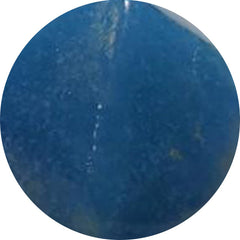 LAZULITE (8)
LAZULITE (8)
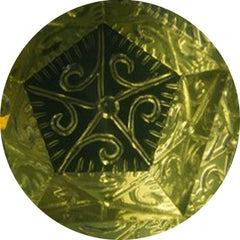 LEMON QUARTZ (45)
LEMON QUARTZ (45)
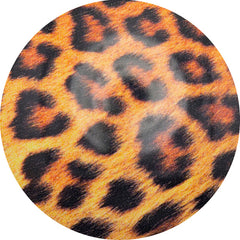 LEOPARD SKIN SHELL (0)
LEOPARD SKIN SHELL (0)
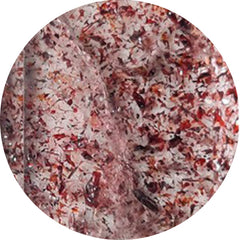 LEPIDOCROCITE (8)
LEPIDOCROCITE (8)
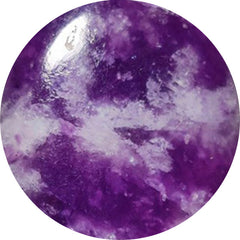 LEPIDOLITE (84)
LEPIDOLITE (84)
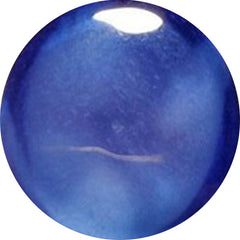 LINDY STAR SAPPHIRE (0)
LINDY STAR SAPPHIRE (0)
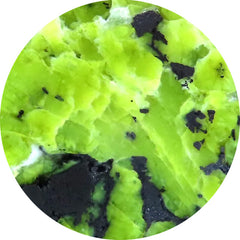 LIZARDITE (59)
LIZARDITE (59)
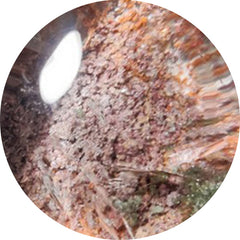 LODOLITE (95)
LODOLITE (95)
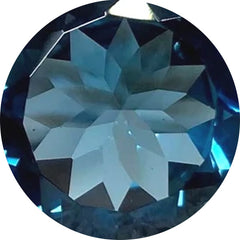 LONDON BLUE TOPAZ (22)
LONDON BLUE TOPAZ (22)
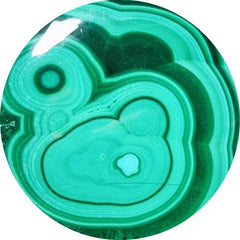 MALACHITE (616)
MALACHITE (616)
 Malawi Moonstone (15)
Malawi Moonstone (15)
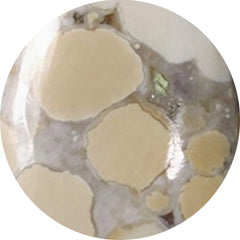 MALIGANO JASPER (73)
MALIGANO JASPER (73)
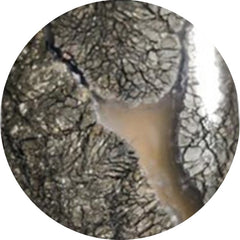 MARCASITE (28)
MARCASITE (28)
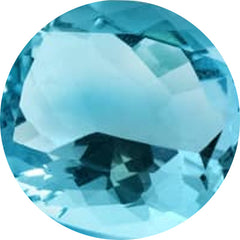 MARCH BIRTHSTONE (105)
MARCH BIRTHSTONE (105)
 Marquise Shape Gemstones (6)
Marquise Shape Gemstones (6)
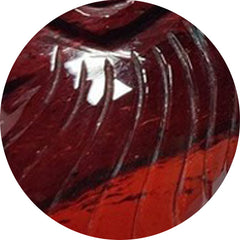 MARY ELLEN JASPER (0)
MARY ELLEN JASPER (0)
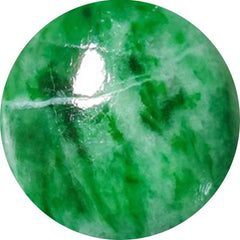 MAW SIT SIT (19)
MAW SIT SIT (19)
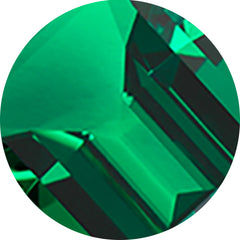 MAY BIRTHSTONE (67)
MAY BIRTHSTONE (67)
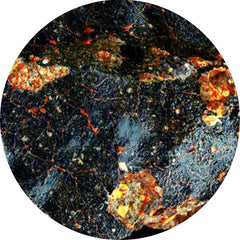 METEORITE (32)
METEORITE (32)
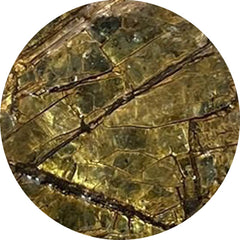 MICA (45)
MICA (45)
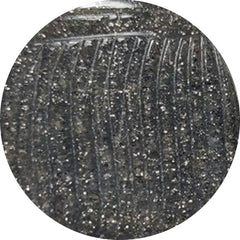 MIDNIGHT QUARTZITE (21)
MIDNIGHT QUARTZITE (21)
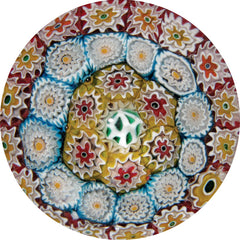 MILLEFIORI GLASS (2)
MILLEFIORI GLASS (2)
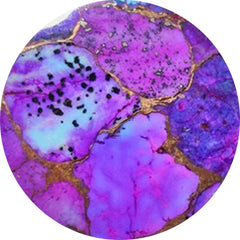 MOHAVE TURQUOISE (83)
MOHAVE TURQUOISE (83)
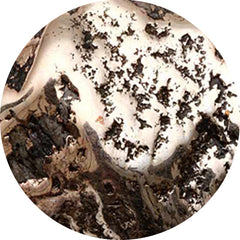 MOHAWKITES (0)
MOHAWKITES (0)
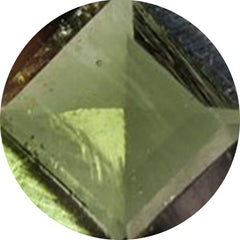 MOLDAVITE (27)
MOLDAVITE (27)
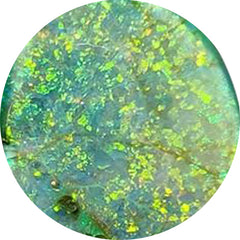 MONARCH OPAL (10)
MONARCH OPAL (10)
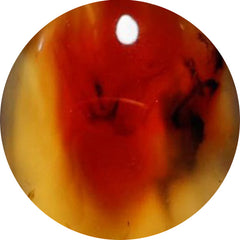 MONTANA AGATE (100)
MONTANA AGATE (100)
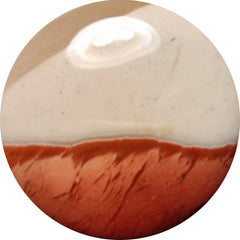 MOOKAITE (39)
MOOKAITE (39)
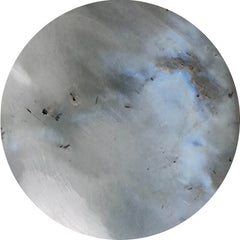 MOONSTONE (286)
MOONSTONE (286)
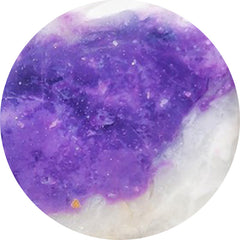 MORADO OPAL (1)
MORADO OPAL (1)
 Morenci Turquoise (0)
Morenci Turquoise (0)
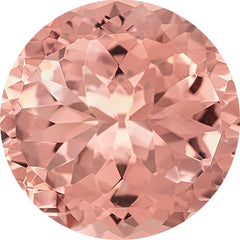 MORGANITE (0)
MORGANITE (0)
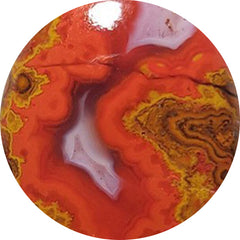 MOROCCAN SEAM AGATE (109)
MOROCCAN SEAM AGATE (109)
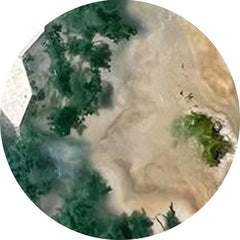 MOSS AGATE (416)
MOSS AGATE (416)
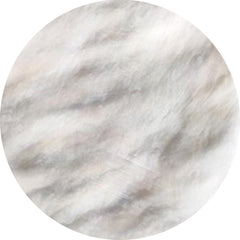 MOTHER OF PEARL (506)
MOTHER OF PEARL (506)
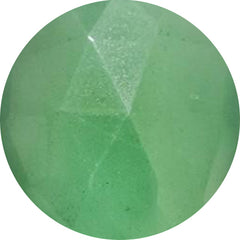 MTOROLITE (47)
MTOROLITE (47)
 Mughal Carving (526)
Mughal Carving (526)
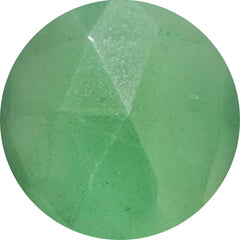 MUSCOVITE (21)
MUSCOVITE (21)
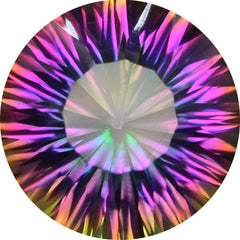 MYSTIC QUARTZ (1)
MYSTIC QUARTZ (1)
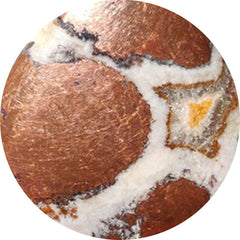 NATIVE COPPER (35)
NATIVE COPPER (35)
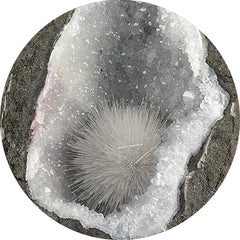 NATROLITE (27)
NATROLITE (27)
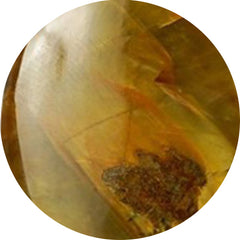 NELLITE (8)
NELLITE (8)
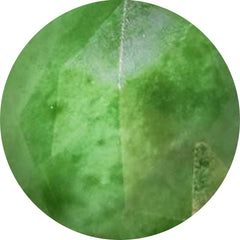 NEPHRITE JADE (4)
NEPHRITE JADE (4)
 New Arrivals (448)
New Arrivals (448)
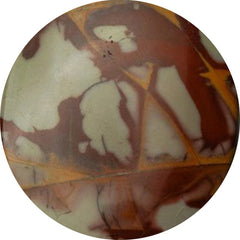 NOREENA JASPER (33)
NOREENA JASPER (33)
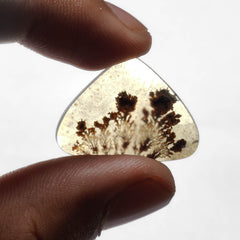 NOVEMBER BIRTHSTONE (94)
NOVEMBER BIRTHSTONE (94)
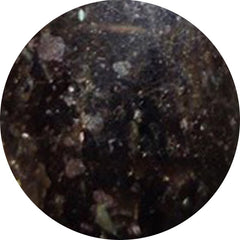 NUUMMITE (0)
NUUMMITE (0)
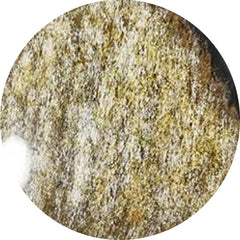 OBSIDIAN (372)
OBSIDIAN (372)
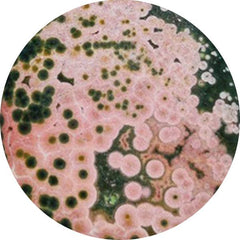 OCEAN JASPER (289)
OCEAN JASPER (289)
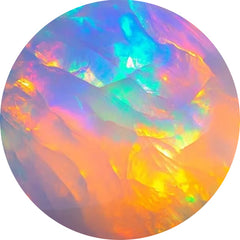 OCTOBER BIRTHSTONE (179)
OCTOBER BIRTHSTONE (179)
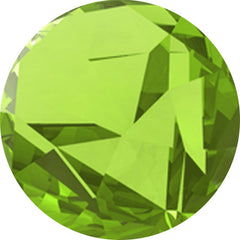 OLIVE QUARTZ (6)
OLIVE QUARTZ (6)
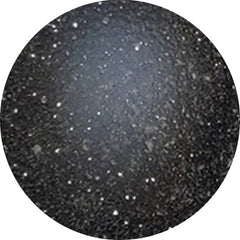 ONYX (295)
ONYX (295)
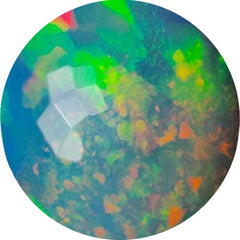 Opal (1048)
Opal (1048)
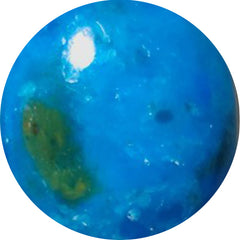 OPALINA (11)
OPALINA (11)
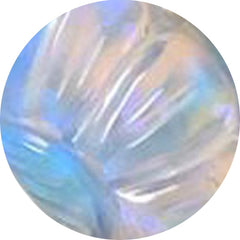 OPALITE (27)
OPALITE (27)
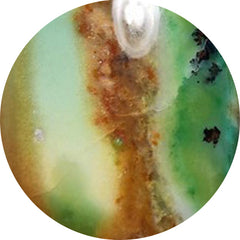 OPALWOOD (5)
OPALWOOD (5)
 Orange Gemstones (326)
Orange Gemstones (326)
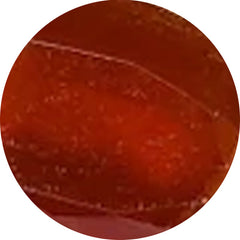 ORANGE KYANITE (3)
ORANGE KYANITE (3)
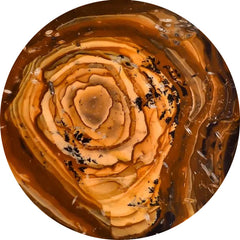 OREGON JASPER (7)
OREGON JASPER (7)
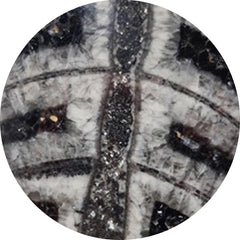 ORTHOCERAS FOSSIL (42)
ORTHOCERAS FOSSIL (42)
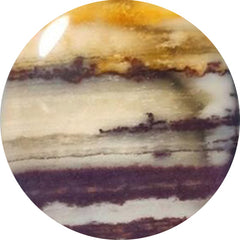 OUTBACK JASPER (5)
OUTBACK JASPER (5)
 Oval Shape Gemstones (7)
Oval Shape Gemstones (7)
 OVER $50 (193)
OVER $50 (193)
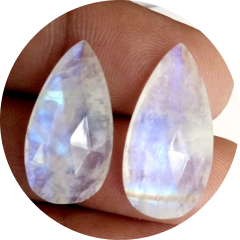 Pairs (1110)
Pairs (1110)
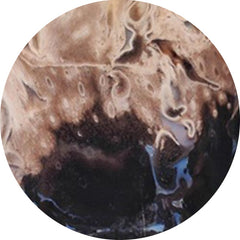 PALMROOT AGATE (62)
PALMROOT AGATE (62)
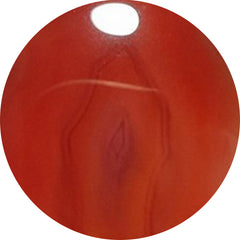 PASSION AGATE (1)
PASSION AGATE (1)
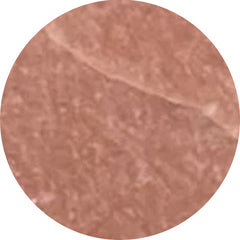 PEACH MOONSTONE (50)
PEACH MOONSTONE (50)
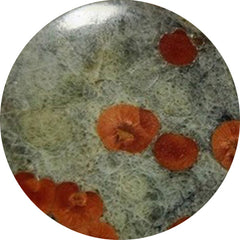 PEANUT OBSIDIAN (45)
PEANUT OBSIDIAN (45)
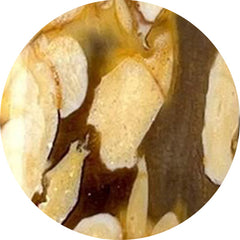 PEANUT WOOD JASPER (91)
PEANUT WOOD JASPER (91)
 Pear Shape Gemstones (11)
Pear Shape Gemstones (11)
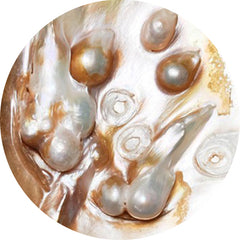 PEARL (643)
PEARL (643)
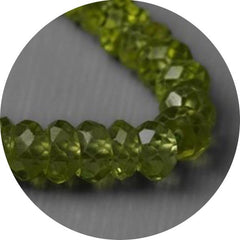 PERIDOT (24)
PERIDOT (24)
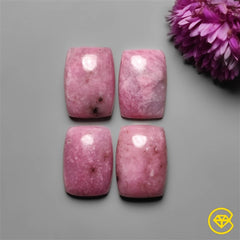 PETALITE (23)
PETALITE (23)
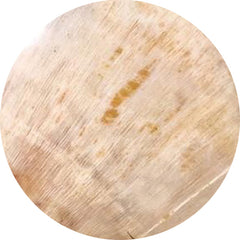 PETRIFIED WOOD (49)
PETRIFIED WOOD (49)
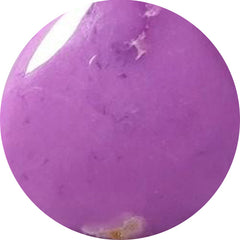 PHOSPHOSIDERITE (97)
PHOSPHOSIDERITE (97)
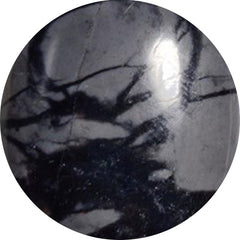 PICASSO JASPER (76)
PICASSO JASPER (76)
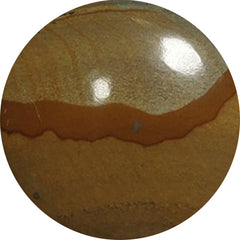 PICTURE JASPER (76)
PICTURE JASPER (76)
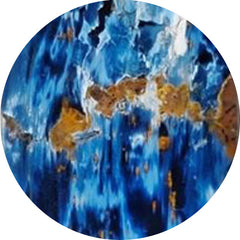 PIETERSITE (65)
PIETERSITE (65)
 Pink Gemstones (425)
Pink Gemstones (425)
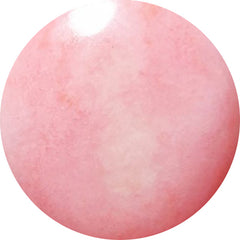 PINK OPAL (156)
PINK OPAL (156)
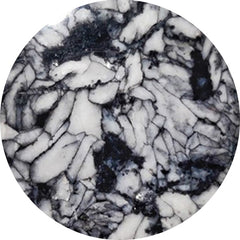 PINOLITH (38)
PINOLITH (38)
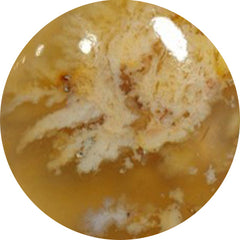 PLUME AGATE (99)
PLUME AGATE (99)
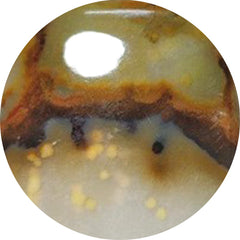 POLKA DOT AGATE (41)
POLKA DOT AGATE (41)
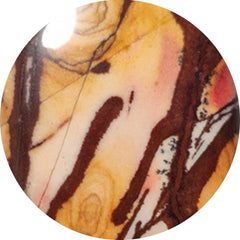 POLYCHROME JASPER (48)
POLYCHROME JASPER (48)
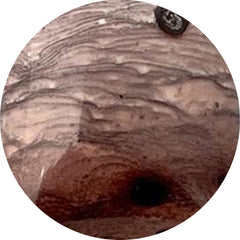 PORCELAIN JASPER (33)
PORCELAIN JASPER (33)
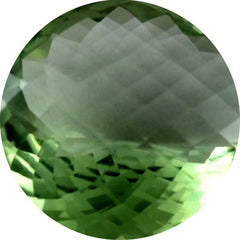 PRASIOLITE (49)
PRASIOLITE (49)
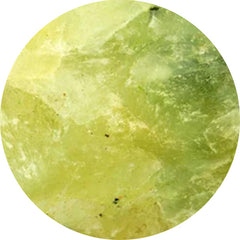 PREHNITE (24)
PREHNITE (24)
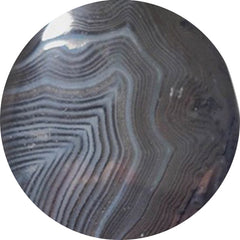 PSILOMELANE (24)
PSILOMELANE (24)
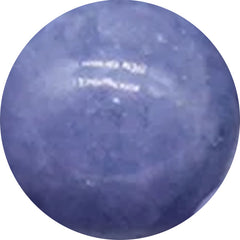 PURPLE CHALCEDONY (45)
PURPLE CHALCEDONY (45)
 Purple Gemstones (945)
Purple Gemstones (945)
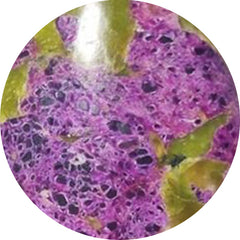 PURPURITE (9)
PURPURITE (9)
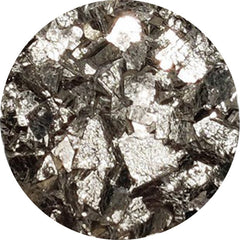 PYRITE (136)
PYRITE (136)
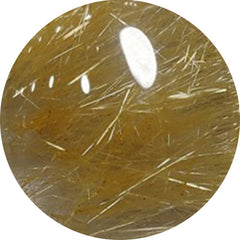 QUARTZ (127)
QUARTZ (127)
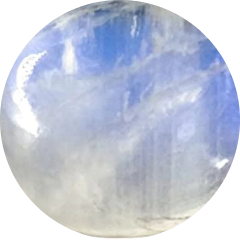 Rain Moonstones (0)
Rain Moonstones (0)
 RAINBOW CALCILICA (13)
RAINBOW CALCILICA (13)
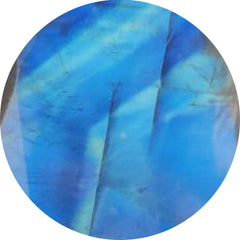 RAINBOW MOONSTONE (77)
RAINBOW MOONSTONE (77)
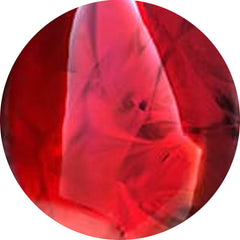 RED FOSSIL (0)
RED FOSSIL (0)
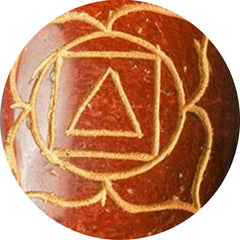 RED JASPER (3)
RED JASPER (3)
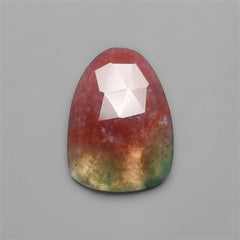 Red Moss Agate (87)
Red Moss Agate (87)
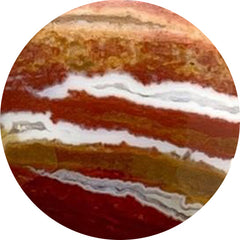 RED RIVER JASPER (16)
RED RIVER JASPER (16)
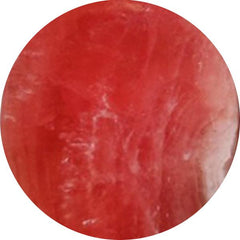 RHODOCHROSITE (361)
RHODOCHROSITE (361)
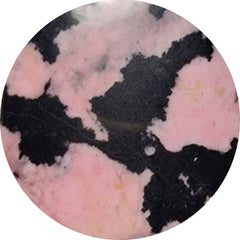 RHODONITE (83)
RHODONITE (83)
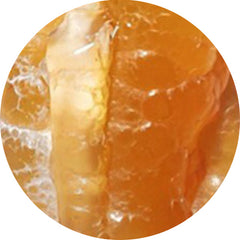 ROCK CHALCEDONY (2)
ROCK CHALCEDONY (2)
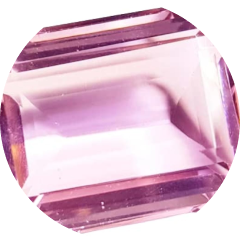 Rose Cut Gemstones (783)
Rose Cut Gemstones (783)
 ROSE QUARTZ (60)
ROSE QUARTZ (60)
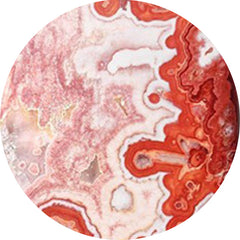 ROSITA JASPER (12)
ROSITA JASPER (12)
 Round Shape Gemstones (8)
Round Shape Gemstones (8)
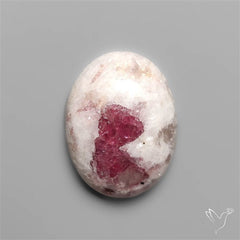 Rubellite (16)
Rubellite (16)
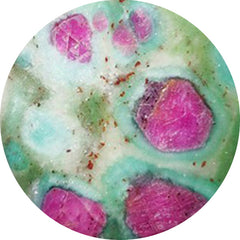 RUBY IN FUCHSITE (6)
RUBY IN FUCHSITE (6)
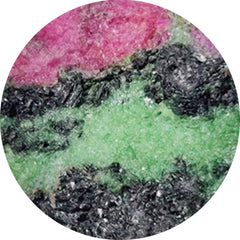 RUBY IN ZOISITE (97)
RUBY IN ZOISITE (97)
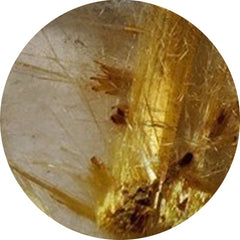 RUTILATED QUARTZ (261)
RUTILATED QUARTZ (261)
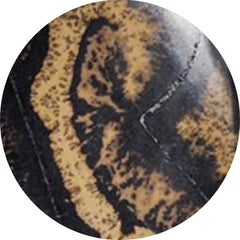 SAGE BRUSH JASPER (0)
SAGE BRUSH JASPER (0)
 SAND DOLLAR FOSSIL (4)
SAND DOLLAR FOSSIL (4)
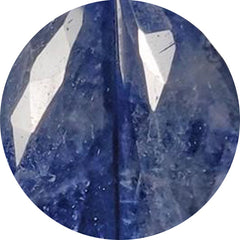 SAPPHIRE (44)
SAPPHIRE (44)
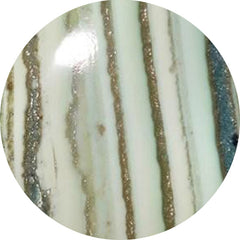 SATURN CHALCEDONY (62)
SATURN CHALCEDONY (62)
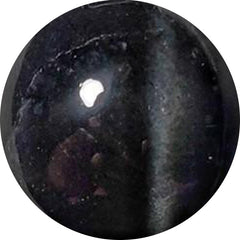 SCAPOLITE (13)
SCAPOLITE (13)
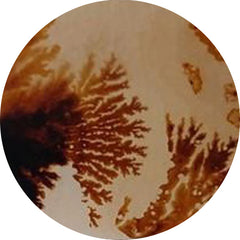 SCENIC AGATE (120)
SCENIC AGATE (120)
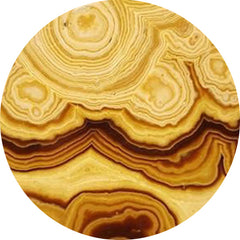 SCHALENBLENDE (102)
SCHALENBLENDE (102)
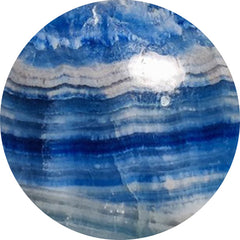 SCHEELITE (37)
SCHEELITE (37)
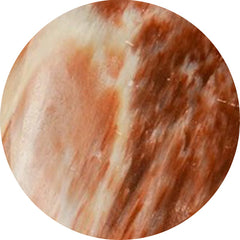 SCOLECITE (51)
SCOLECITE (51)
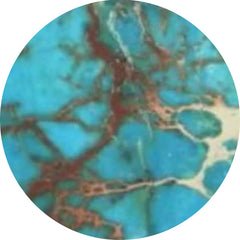 SEA SEDIMENT JASPER (1)
SEA SEDIMENT JASPER (1)
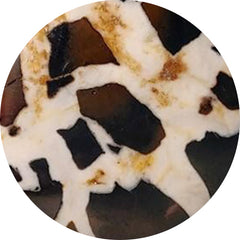 SEPTARIAN (96)
SEPTARIAN (96)
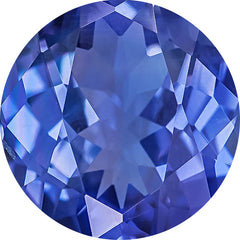 SEPTEMBER BIRTHSTONE (182)
SEPTEMBER BIRTHSTONE (182)
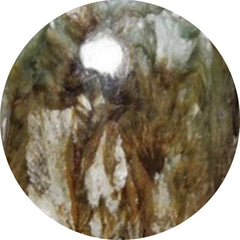 SERAPHINITE (75)
SERAPHINITE (75)
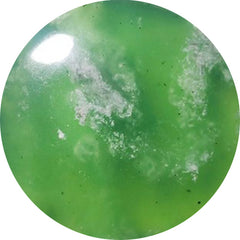 SERPENTINE (182)
SERPENTINE (182)
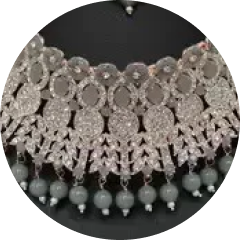 SETS (0)
SETS (0)
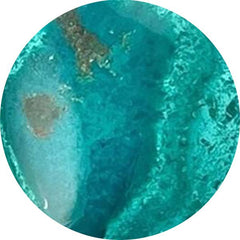 SHATTUCKITE (291)
SHATTUCKITE (291)
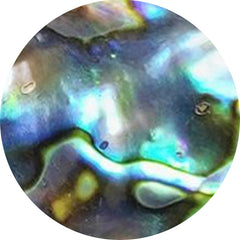 SHELL (281)
SHELL (281)
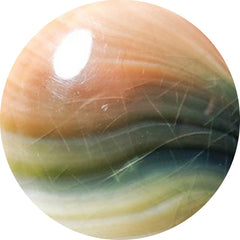 SHIVA EYE SHELL (48)
SHIVA EYE SHELL (48)
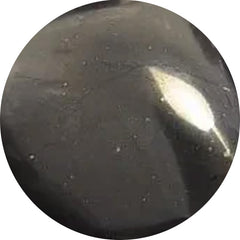 SHUNGITE (5)
SHUNGITE (5)
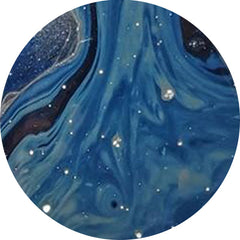 SIEBER AGATE (0)
SIEBER AGATE (0)
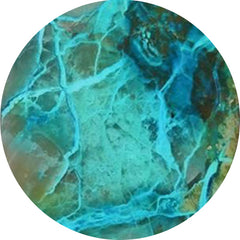 SILICA (4)
SILICA (4)
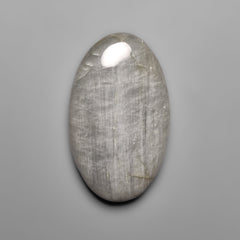 Silver Leaf Jasper (9)
Silver Leaf Jasper (9)
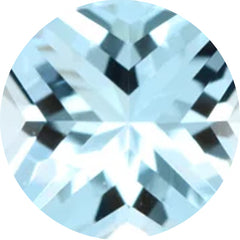 SKY BLUE TOPAZ (6)
SKY BLUE TOPAZ (6)
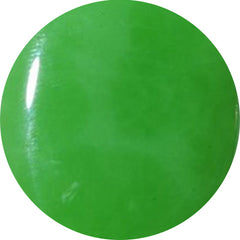 SMITHSONITE (33)
SMITHSONITE (33)
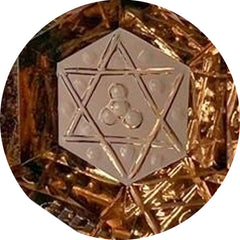 SMOKY QUARTZ (26)
SMOKY QUARTZ (26)
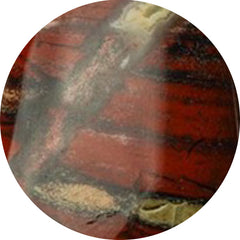 SNAKESKIN JASPER (54)
SNAKESKIN JASPER (54)
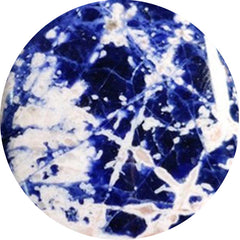 SODALITE (82)
SODALITE (82)
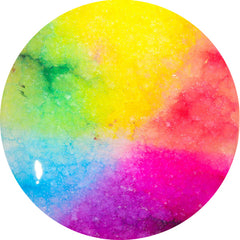 SOLAR AGATE (0)
SOLAR AGATE (0)
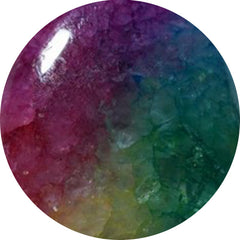 SOLAR QUARTZ (53)
SOLAR QUARTZ (53)
 SPECTROLITE (69)
SPECTROLITE (69)
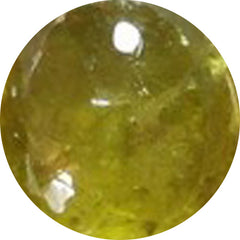 SPHENCE (25)
SPHENCE (25)
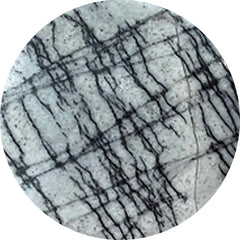 SPIDERWEB JASPER (4)
SPIDERWEB JASPER (4)
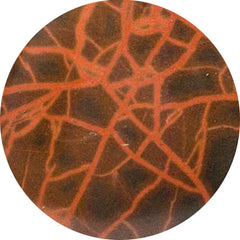 SPIDERWOMAN JASPER (0)
SPIDERWOMAN JASPER (0)
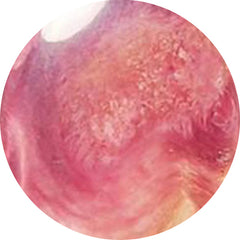 SPINY OYSTER SHELL (59)
SPINY OYSTER SHELL (59)
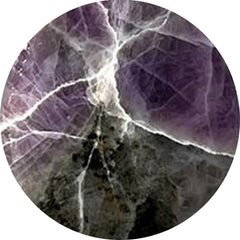 SPURRITE (7)
SPURRITE (7)
 Square Shape Gemstones (5)
Square Shape Gemstones (5)
 STARBURST (1)
STARBURST (1)
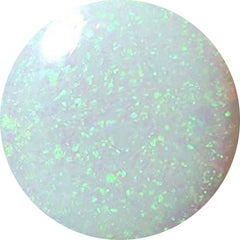 STERLING OPAL (1)
STERLING OPAL (1)
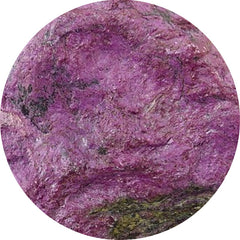 Stichtite (39)
Stichtite (39)
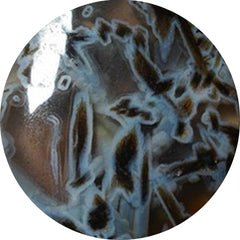 STICK AGATE (8)
STICK AGATE (8)
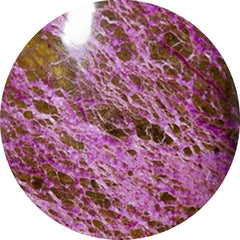 STITCHTITE (125)
STITCHTITE (125)
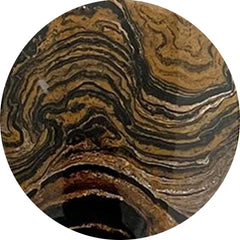 STRAMATOLITE (0)
STRAMATOLITE (0)
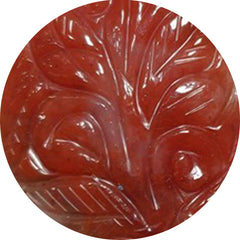 STRAWBERRY QUARTZ (13)
STRAWBERRY QUARTZ (13)
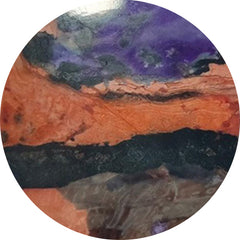 SUGILITE (1)
SUGILITE (1)
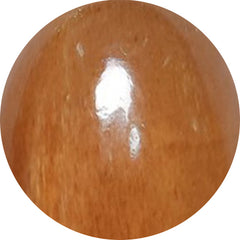 SUNSTONE (205)
SUNSTONE (205)
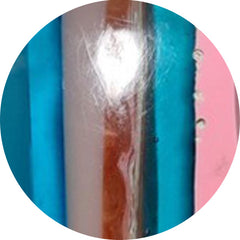 SURFITE (1)
SURFITE (1)
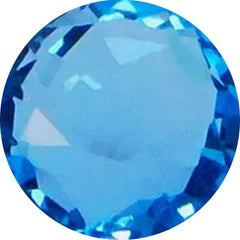 SWISS BLUE TOPAZ (34)
SWISS BLUE TOPAZ (34)
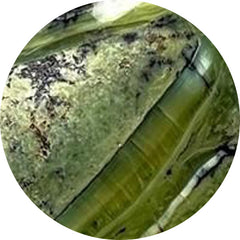 SWISS OPAL (0)
SWISS OPAL (0)
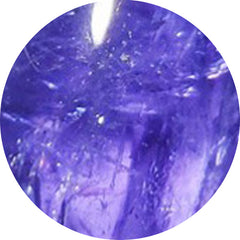 TANZANITE (31)
TANZANITE (31)
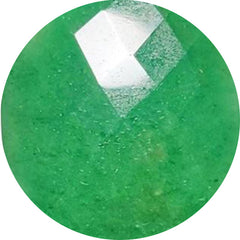 TANZURINE (11)
TANZURINE (11)
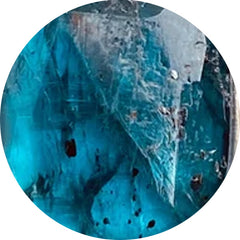 TEAL KYANITE (9)
TEAL KYANITE (9)
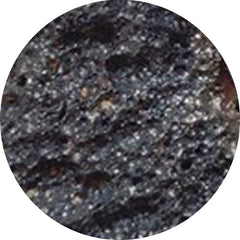 TEKTITE (42)
TEKTITE (42)
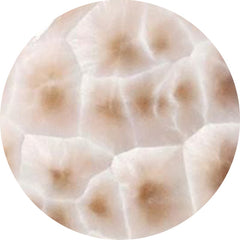 THOMSONITE (36)
THOMSONITE (36)
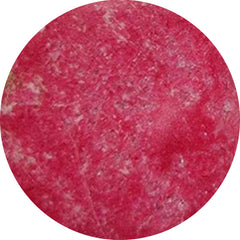 THULITE (91)
THULITE (91)
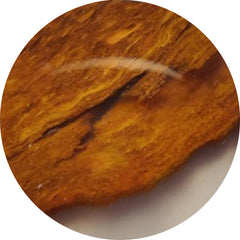 THUNDER EGG AGATE (0)
THUNDER EGG AGATE (0)
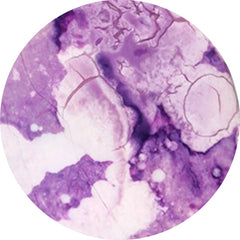 TIFFANY STONE (8)
TIFFANY STONE (8)
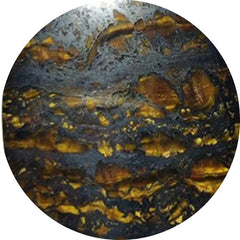 TIGER EYE (70)
TIGER EYE (70)
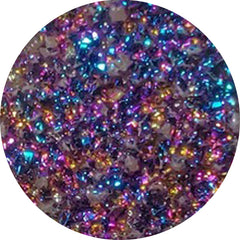 TITANIUM DRUZY (9)
TITANIUM DRUZY (9)
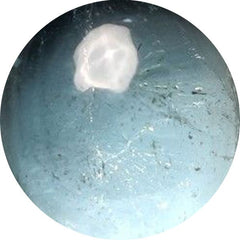 TOPAZ (65)
TOPAZ (65)
 TOURMALINE (191)
TOURMALINE (191)
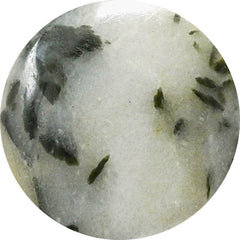 TOURMALINE IN QUARTZ (90)
TOURMALINE IN QUARTZ (90)
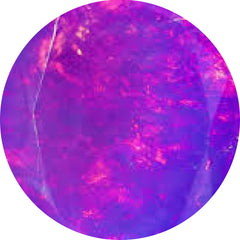 TREATED OPAL (37)
TREATED OPAL (37)
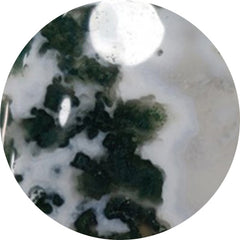 TREE AGATE (31)
TREE AGATE (31)
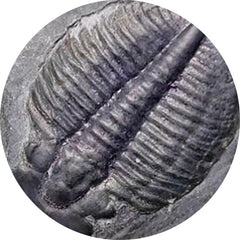 TRILOBITE FOSSIL (14)
TRILOBITE FOSSIL (14)
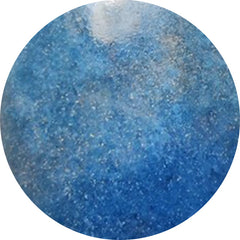 TROLLEITE QUARTZ (30)
TROLLEITE QUARTZ (30)
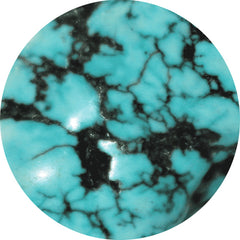 TUMBLES (1)
TUMBLES (1)
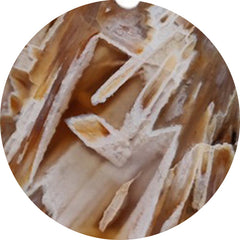 TURKISH TUBE AGATE (65)
TURKISH TUBE AGATE (65)
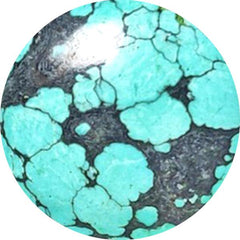 TURQUOISE (284)
TURQUOISE (284)
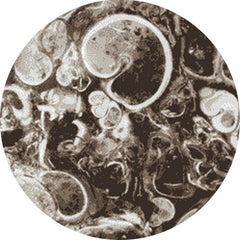 TURRITELLA JASPER (2)
TURRITELLA JASPER (2)
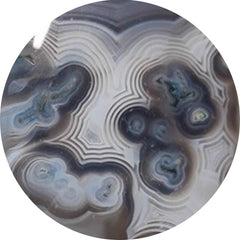 TUXEDO AGATE (75)
TUXEDO AGATE (75)
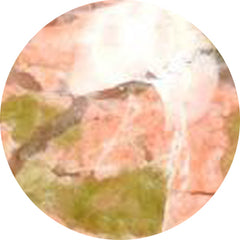 Unakite (5)
Unakite (5)
 UNDER $10 (4347)
UNDER $10 (4347)
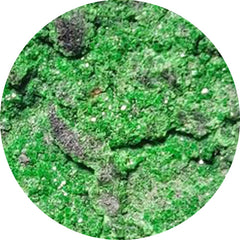 UVAROVITE GARNET (3)
UVAROVITE GARNET (3)
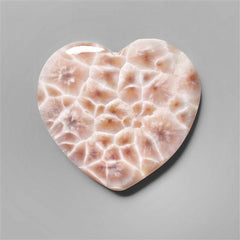 Valentine (748)
Valentine (748)
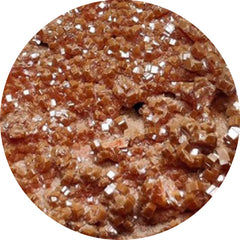 VANADINITE DRUZY (10)
VANADINITE DRUZY (10)
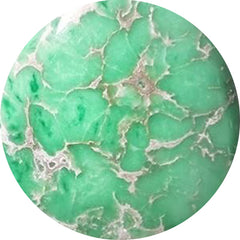 VARISCITE (135)
VARISCITE (135)
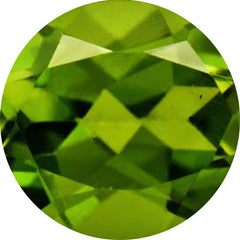 VESUVIANITE (1)
VESUVIANITE (1)
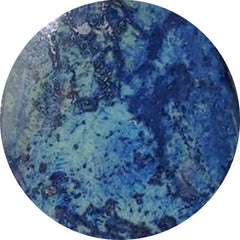 VIVIANITE (0)
VIVIANITE (0)
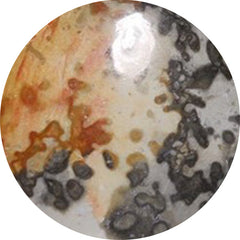 VOLCANIC COTHAM MARBLE (7)
VOLCANIC COTHAM MARBLE (7)
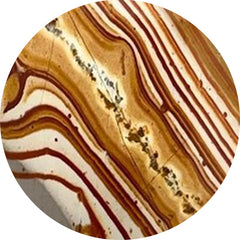 WAGUL JASPER (3)
WAGUL JASPER (3)
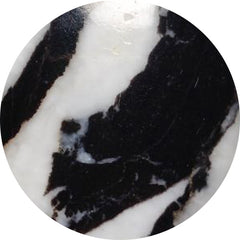 WHITE BUFFALO TURQUOISE (24)
WHITE BUFFALO TURQUOISE (24)
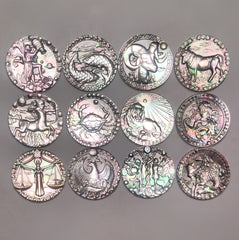 White Gemstones (1088)
White Gemstones (1088)
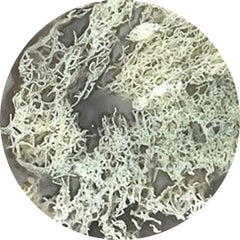 WHITE HORSE CANYON (47)
WHITE HORSE CANYON (47)
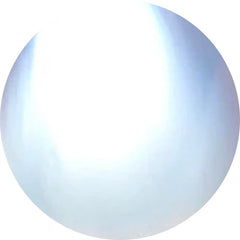 WHITE MOONSTONE (43)
WHITE MOONSTONE (43)
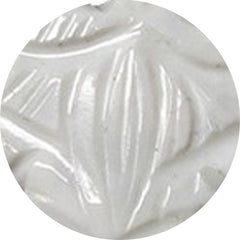 WHITE OPAL (13)
WHITE OPAL (13)
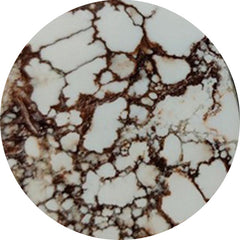 WILD HORSE JASPER (128)
WILD HORSE JASPER (128)
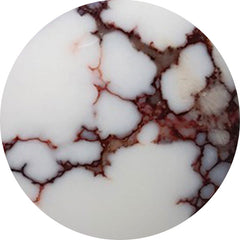 WILD HORSE MAGNESITE (51)
WILD HORSE MAGNESITE (51)
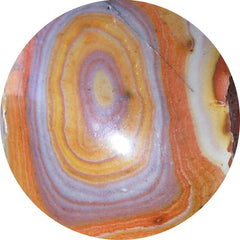 WONDER STONE (1)
WONDER STONE (1)
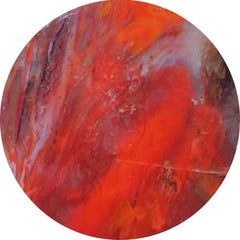 WOOD (208)
WOOD (208)
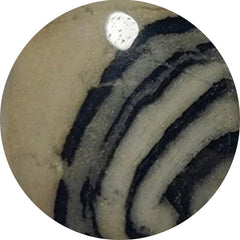 YAVAPAI TRAVERTINE (0)
YAVAPAI TRAVERTINE (0)
 Yellow Gemstones (164)
Yellow Gemstones (164)
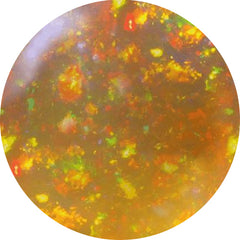 YELLOW OPAL (8)
YELLOW OPAL (8)
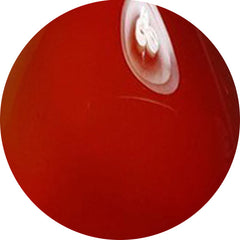 YEMENI AQEEQ (0)
YEMENI AQEEQ (0)
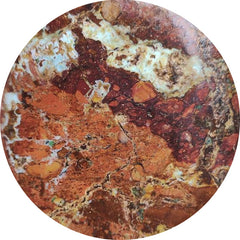 ZARINITE (0)
ZARINITE (0)
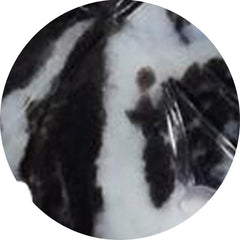 ZEBRA JASPER (1)
ZEBRA JASPER (1)
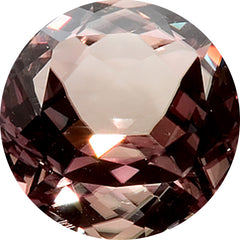 ZULTANITE (5)
ZULTANITE (5)



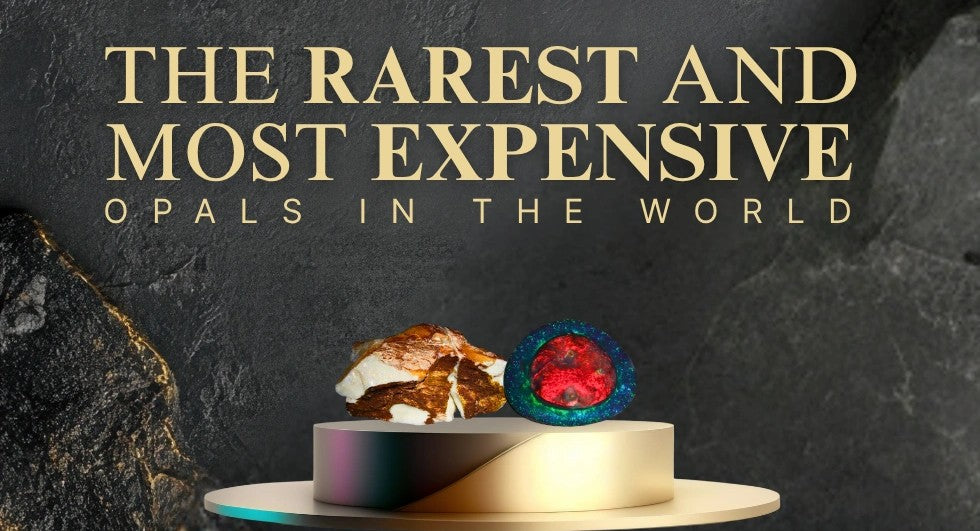












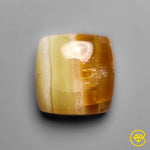
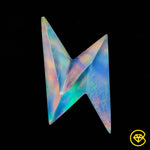
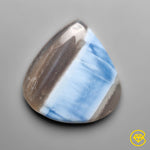
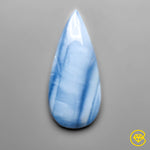
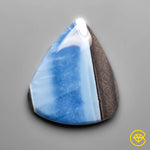
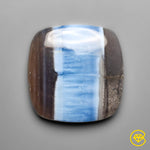
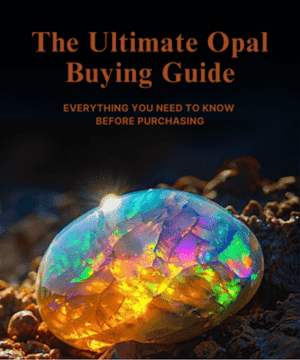
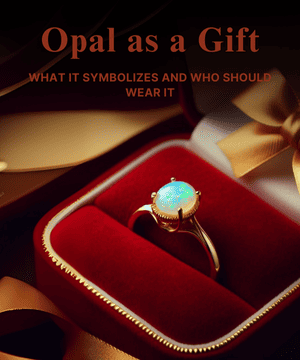

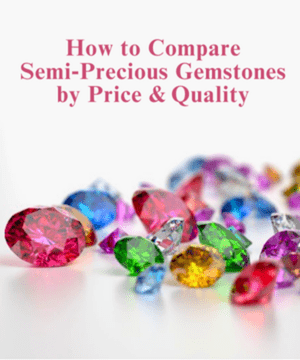


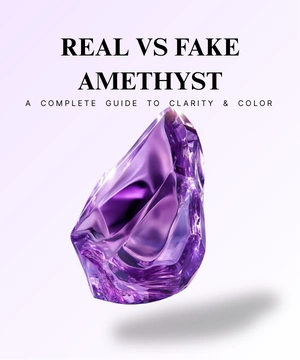
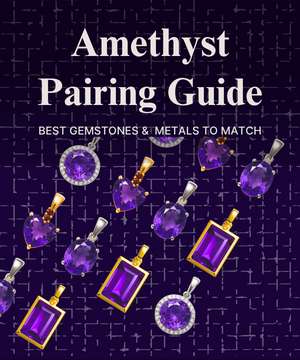


Leave a Comment